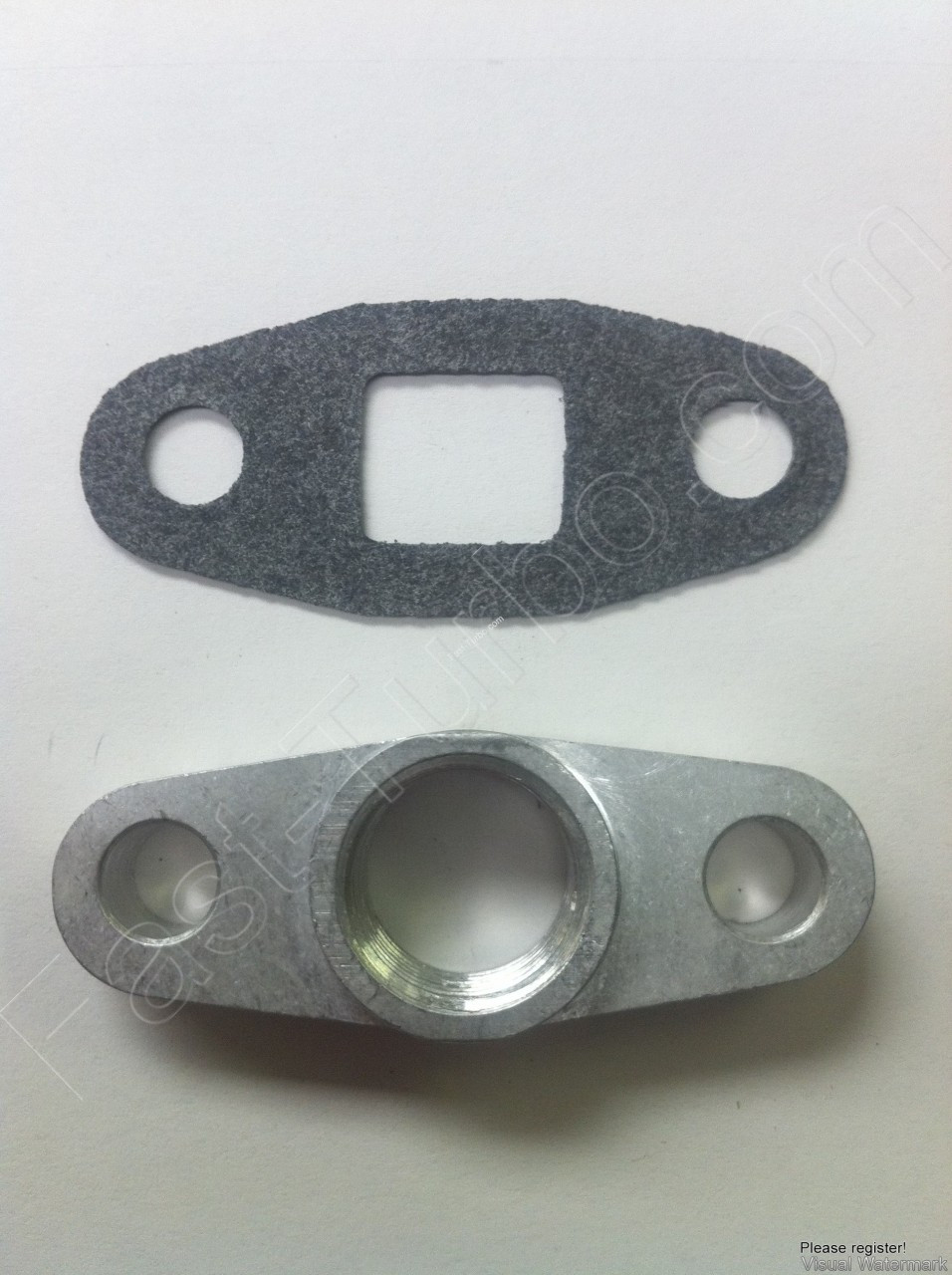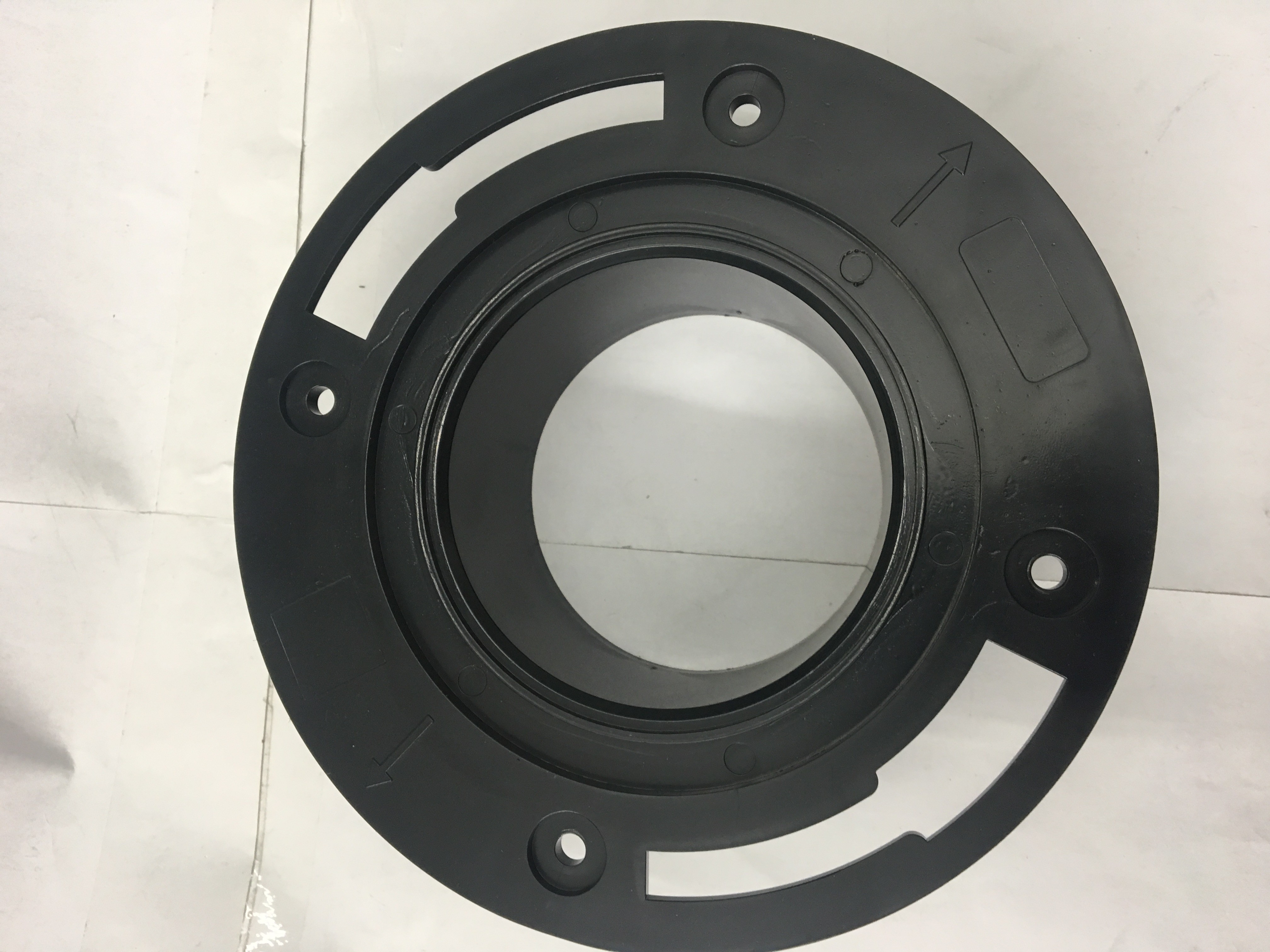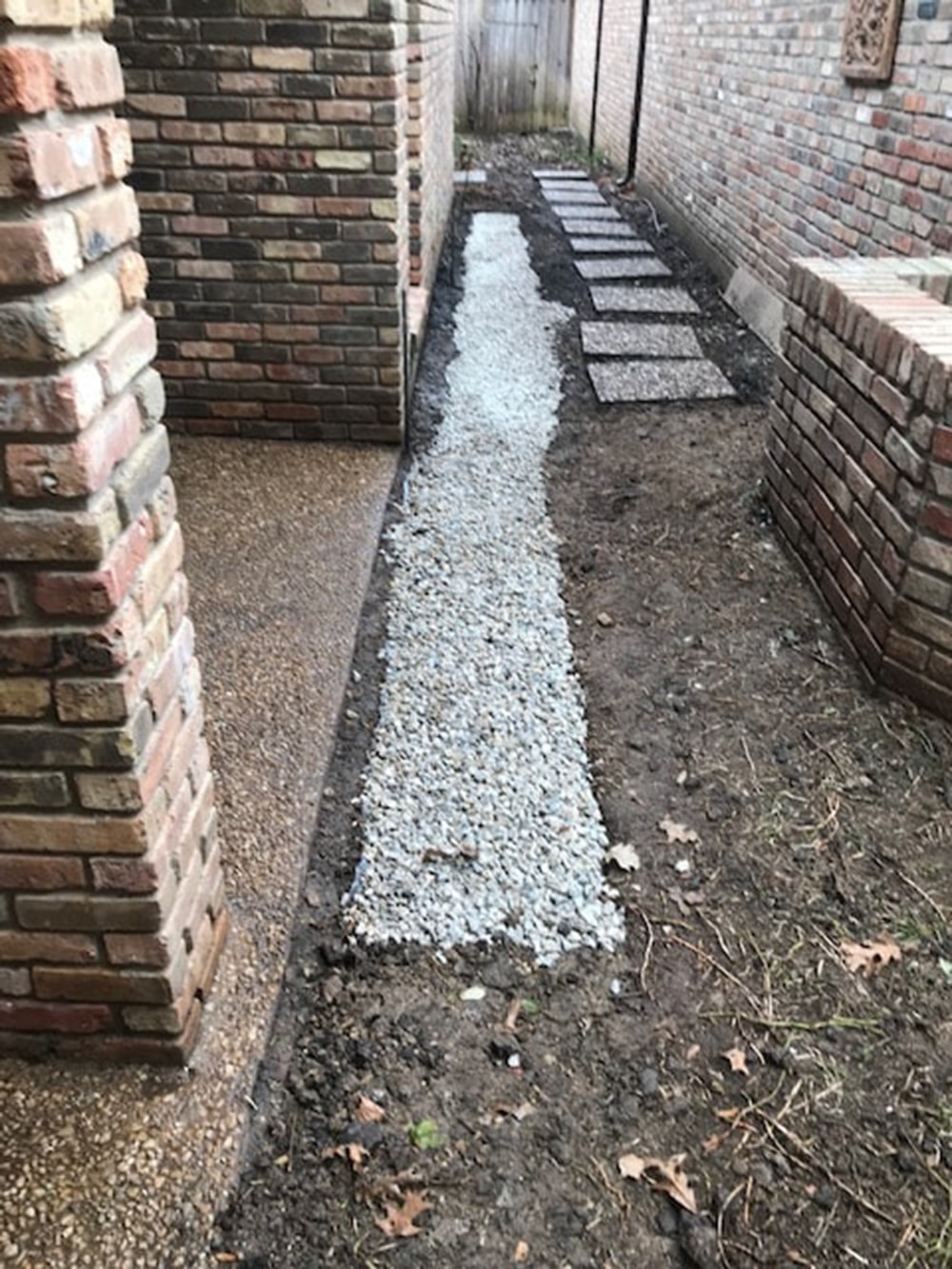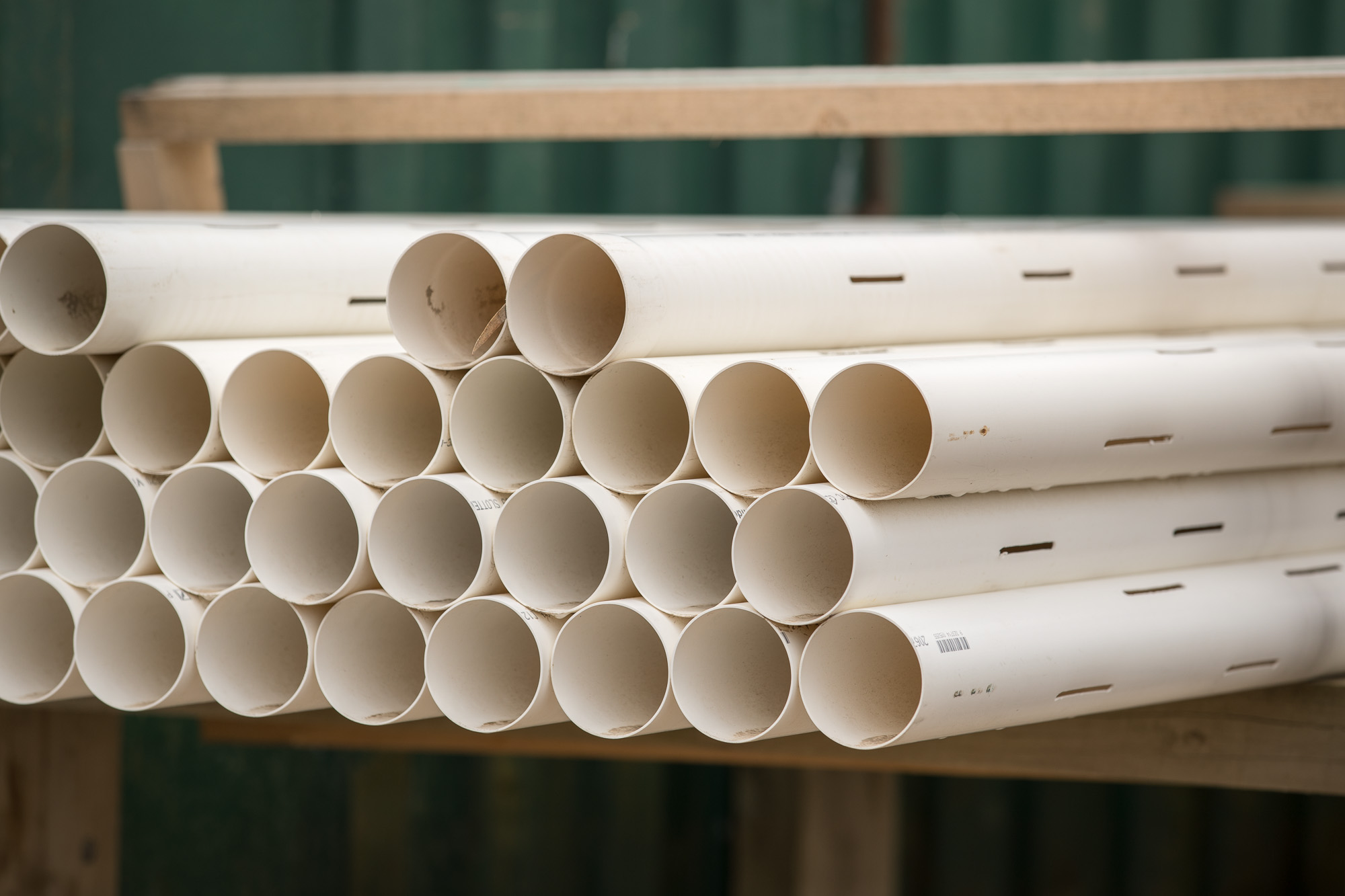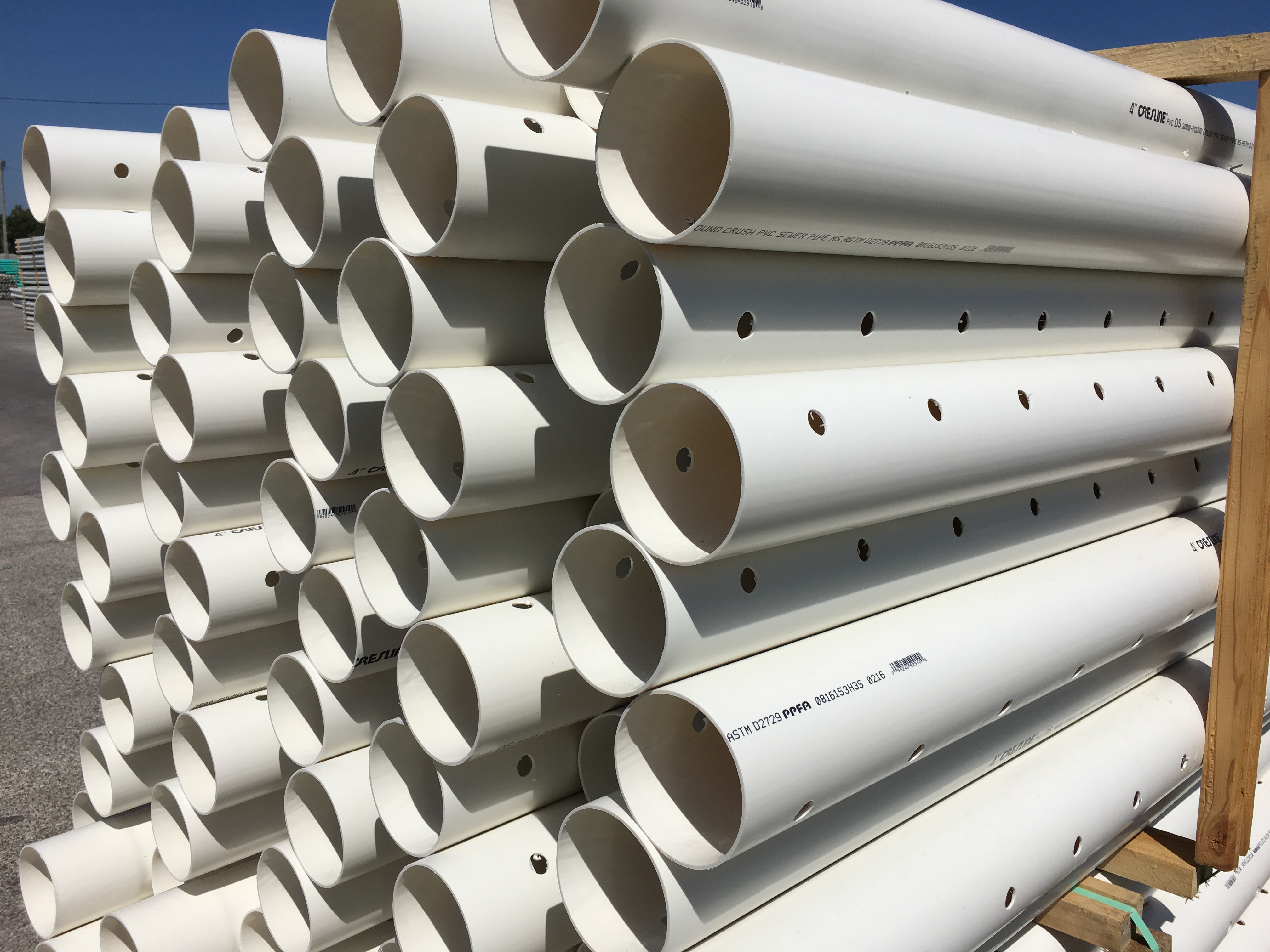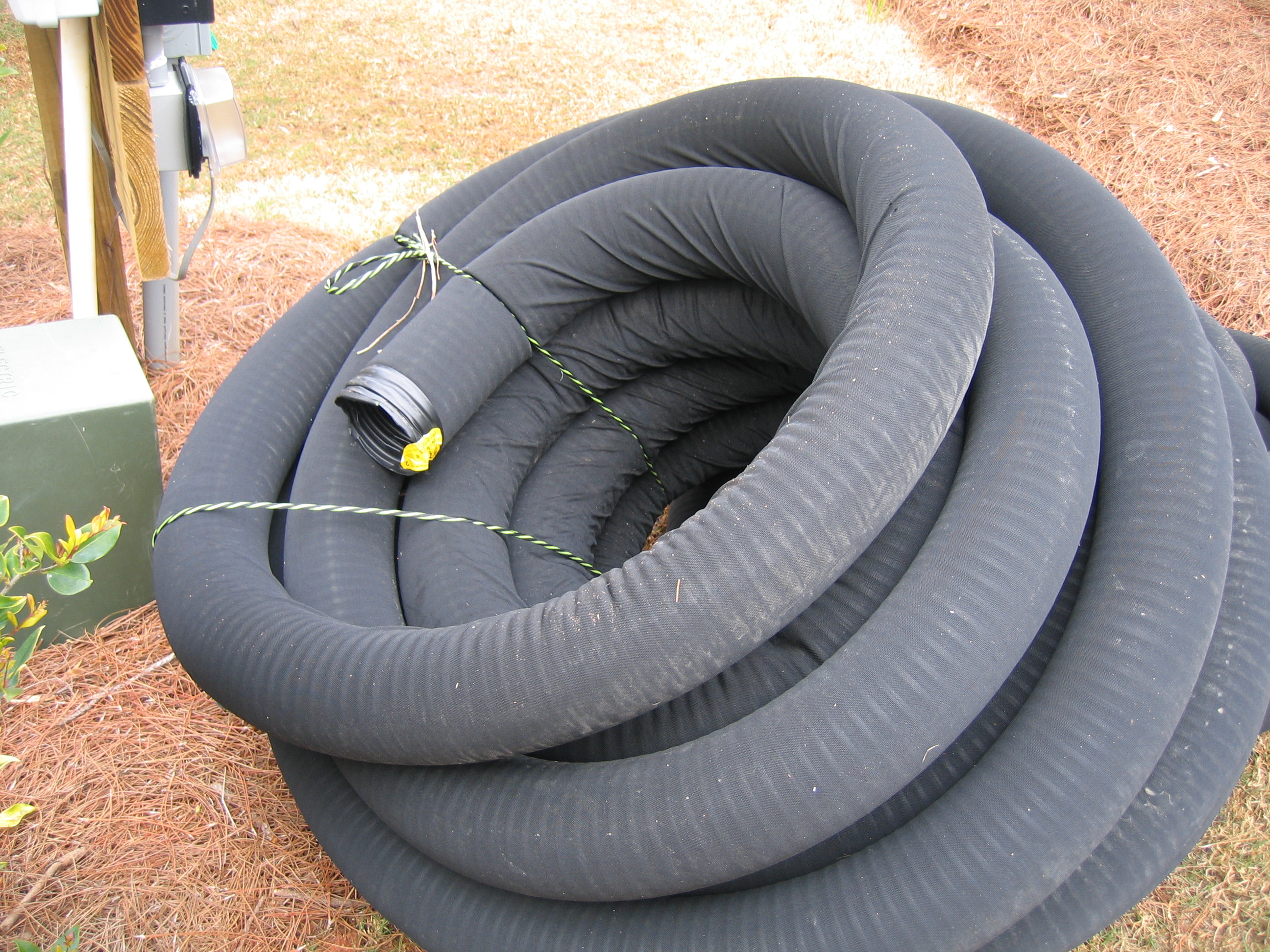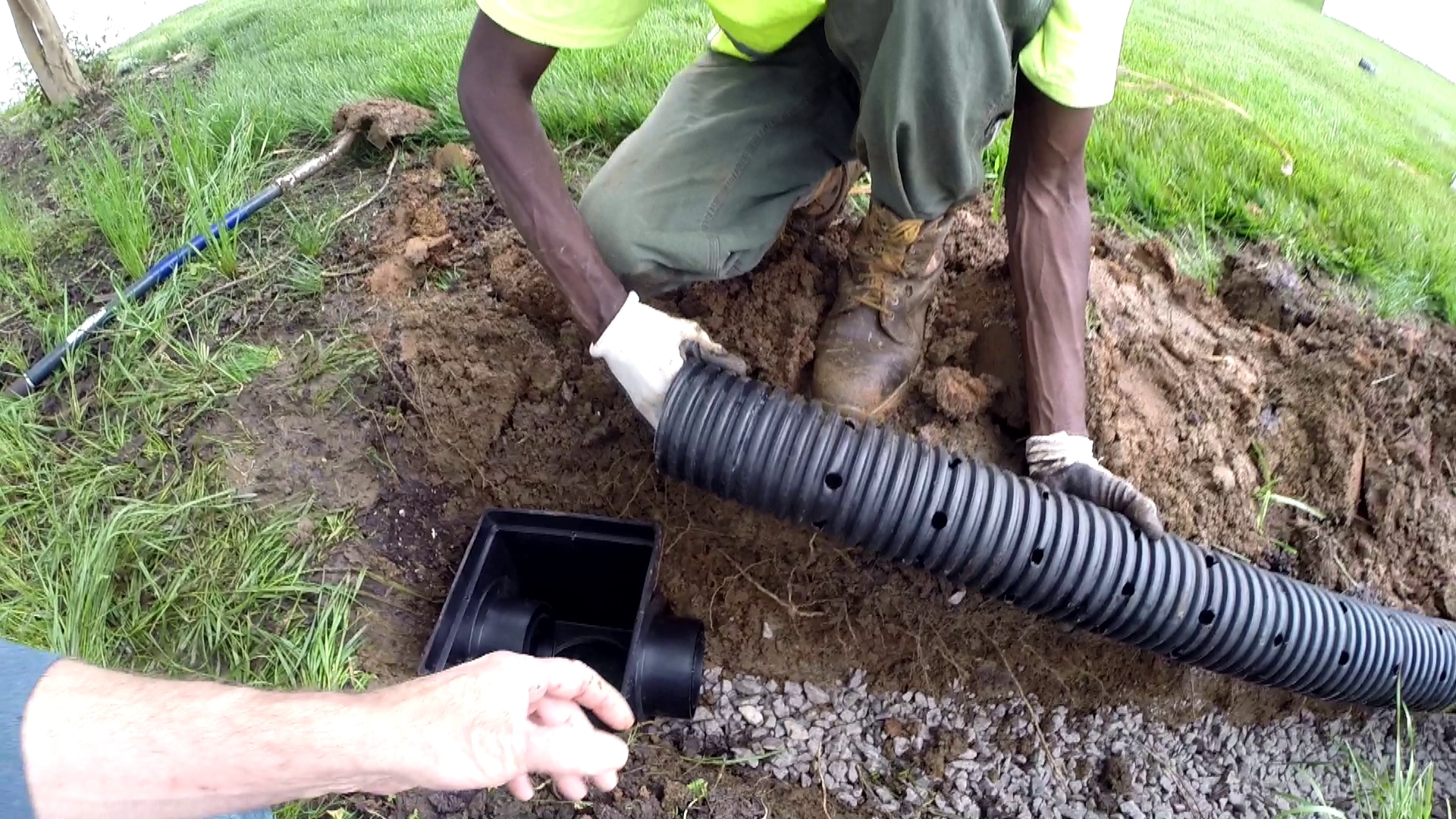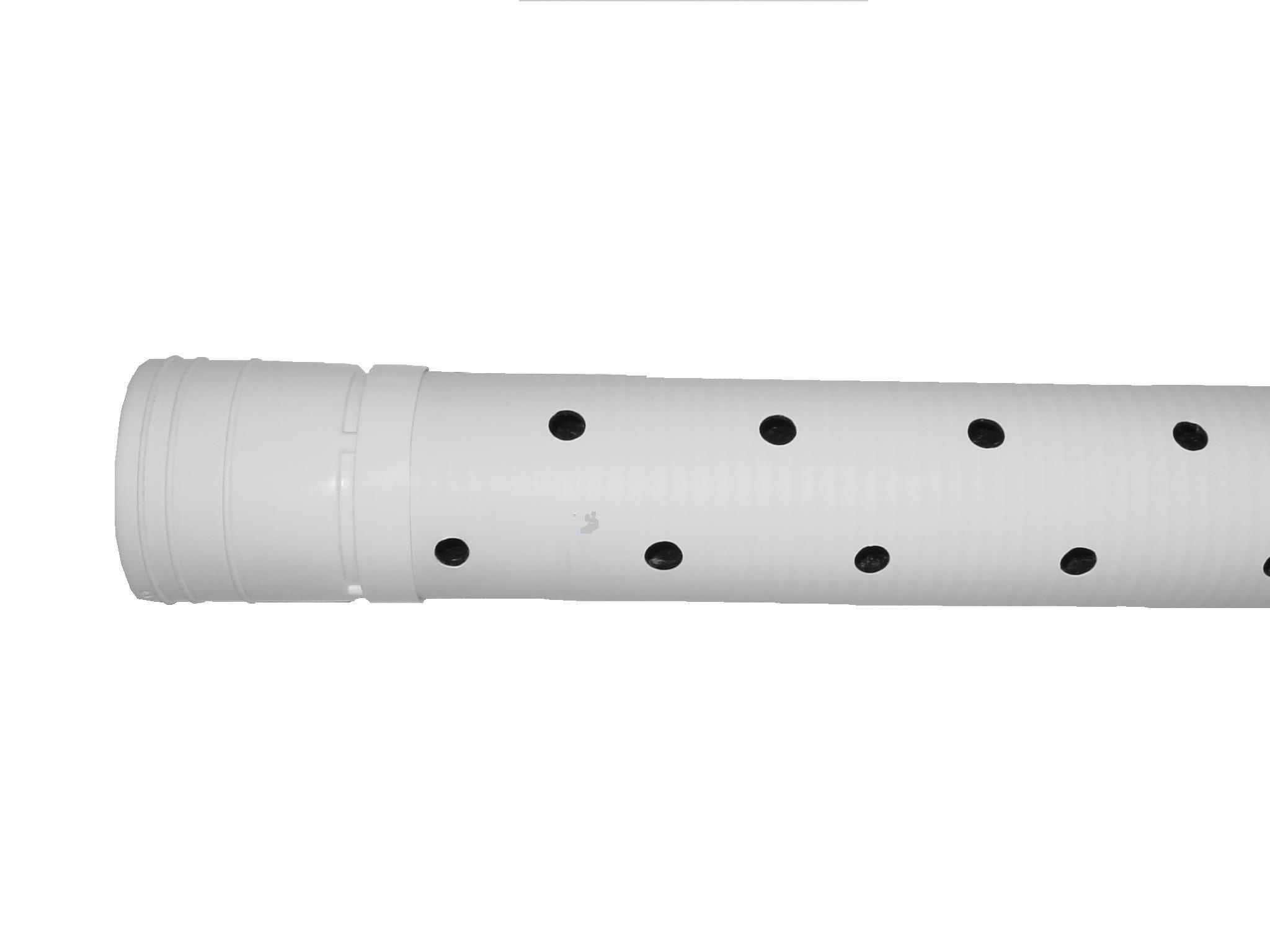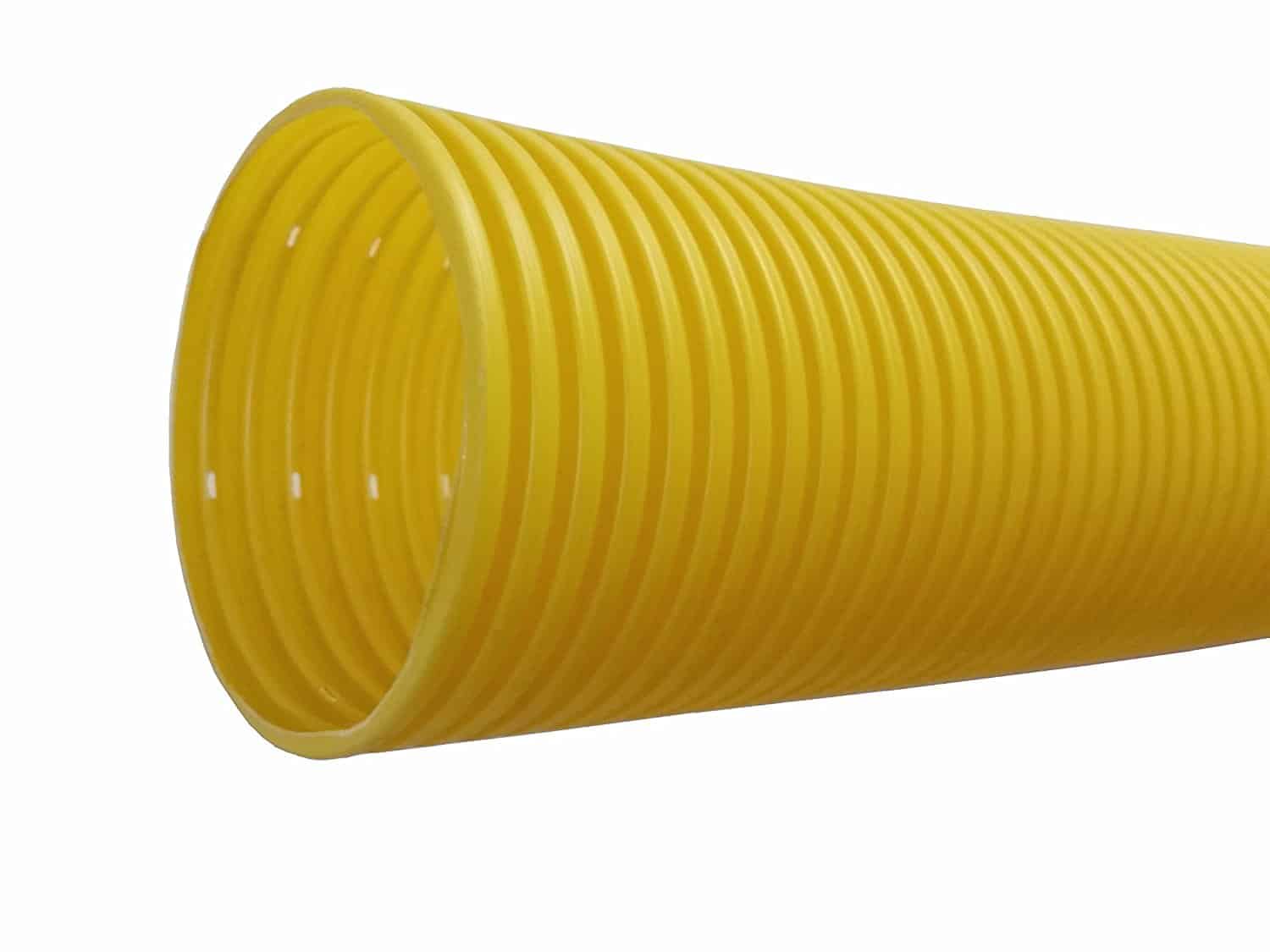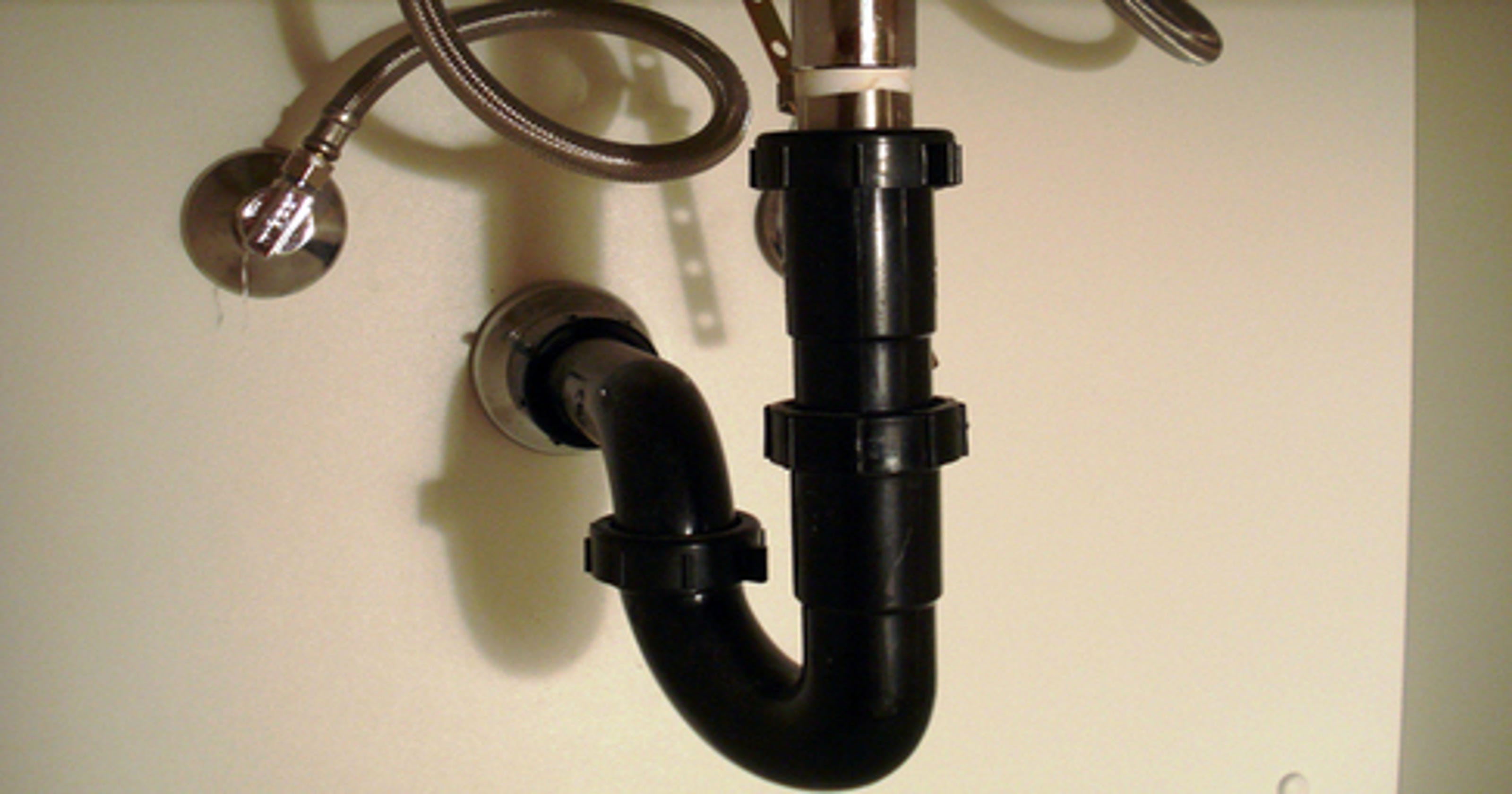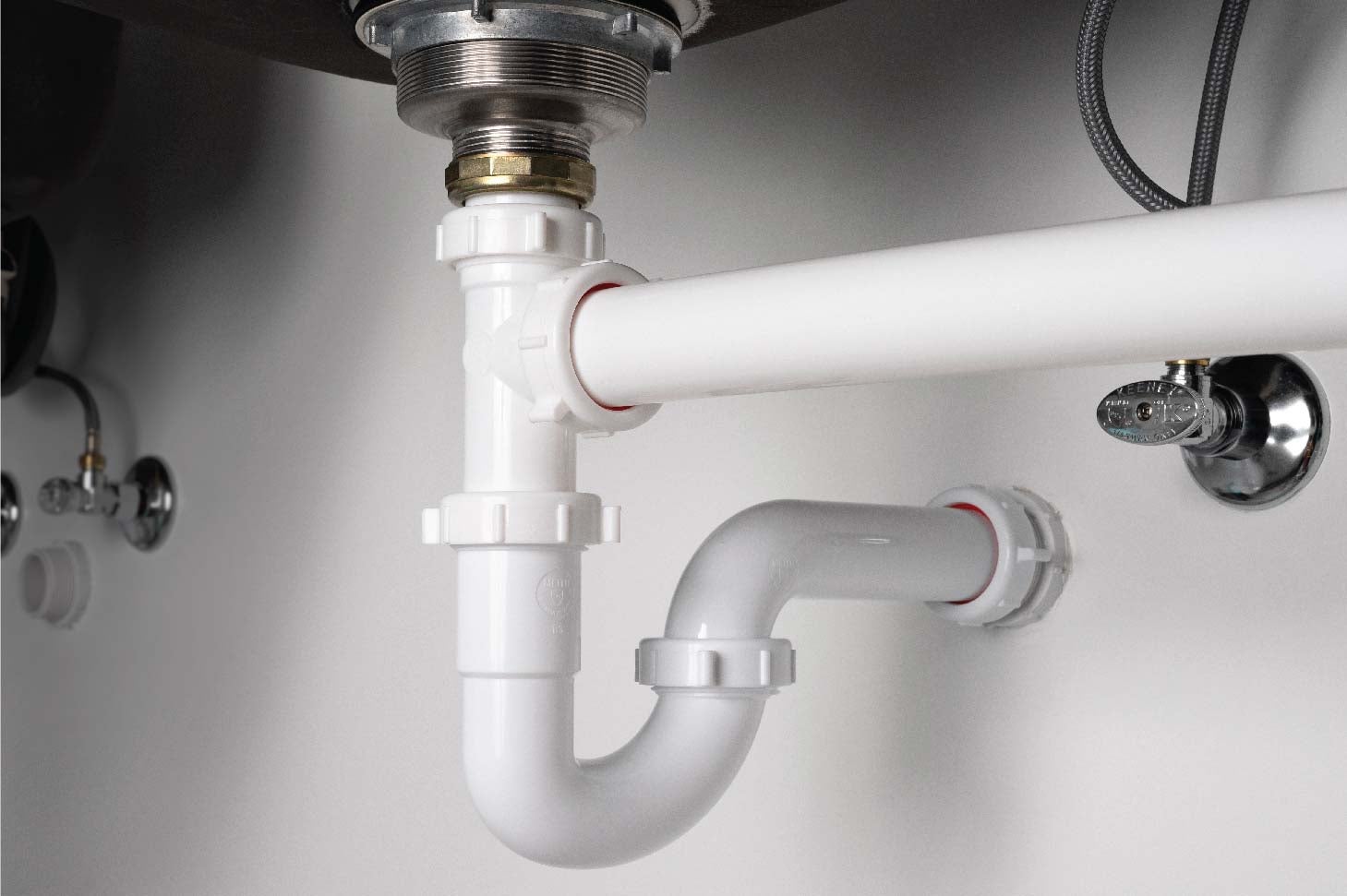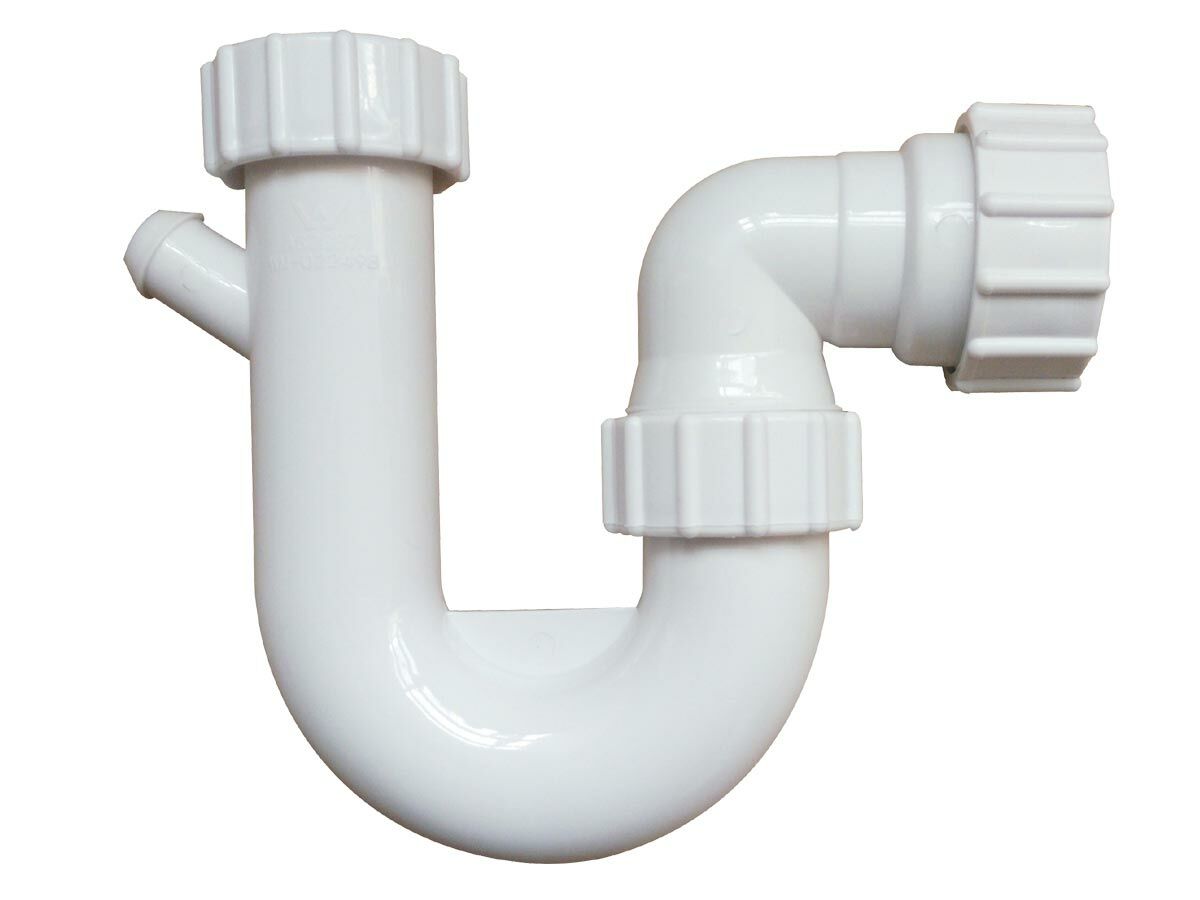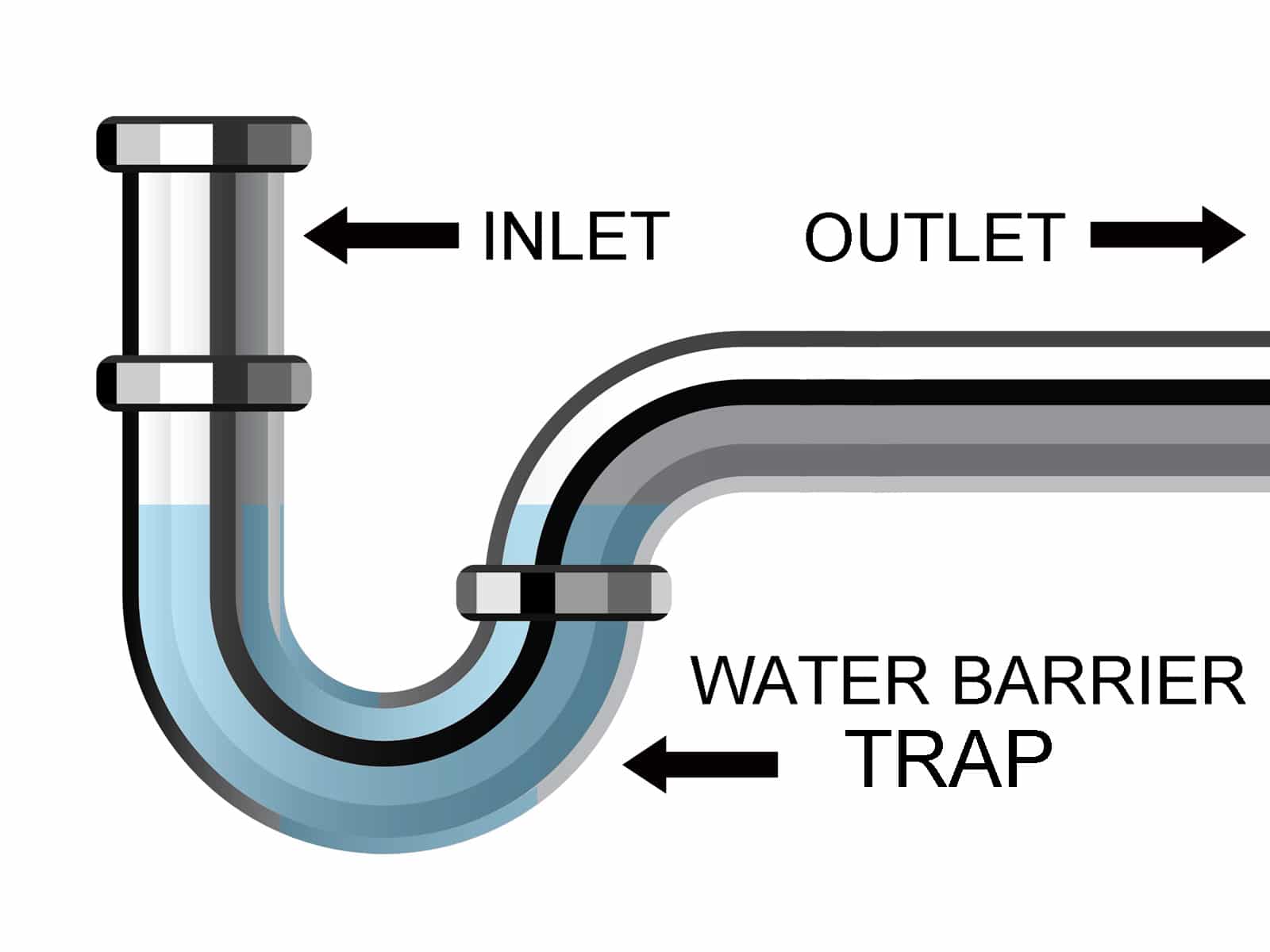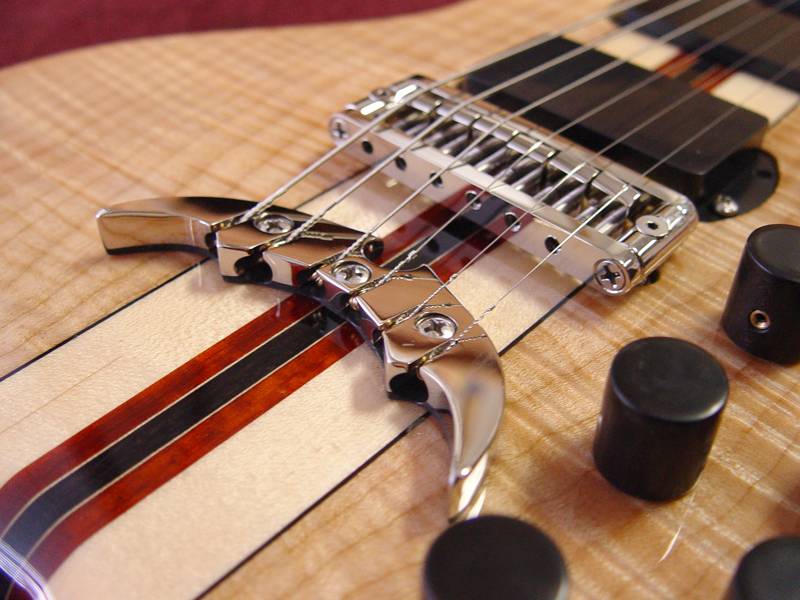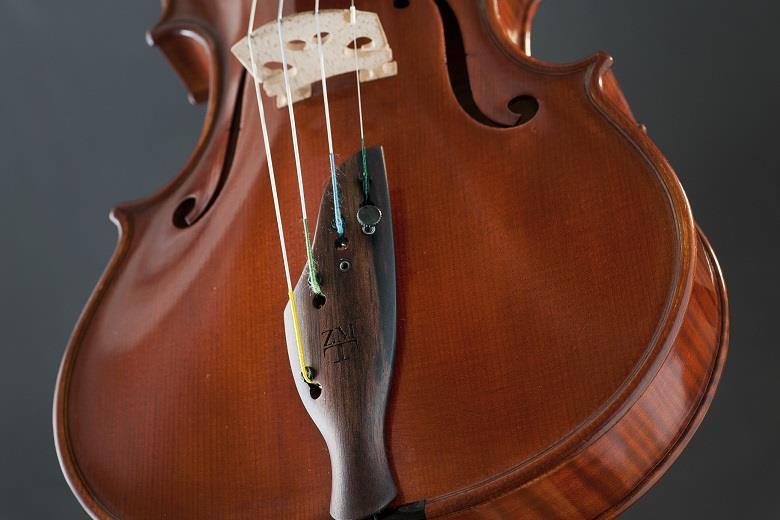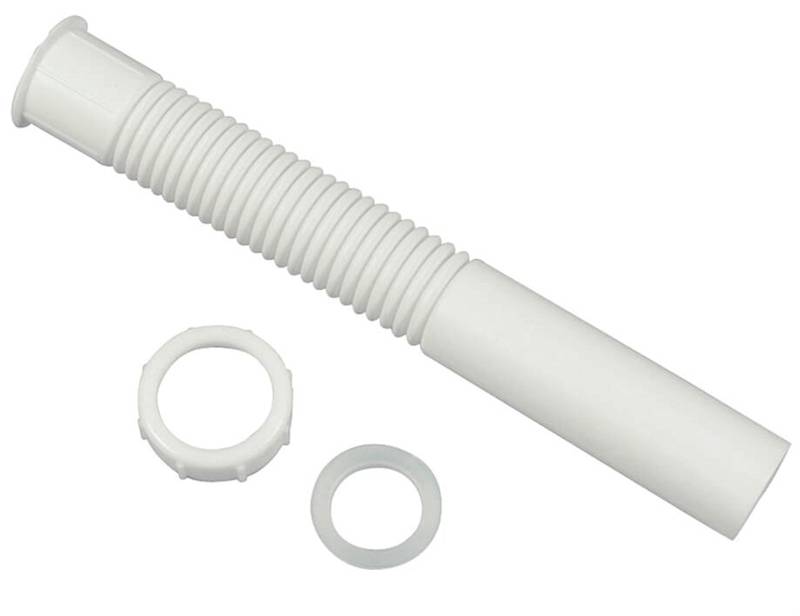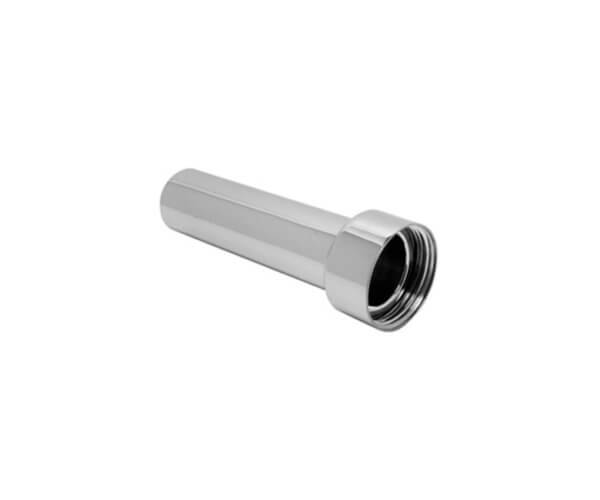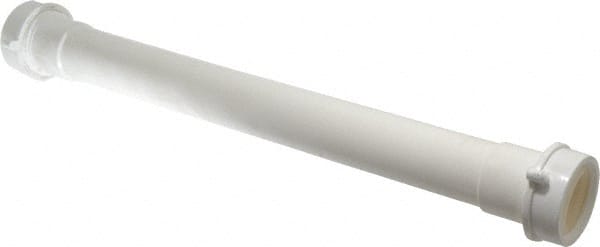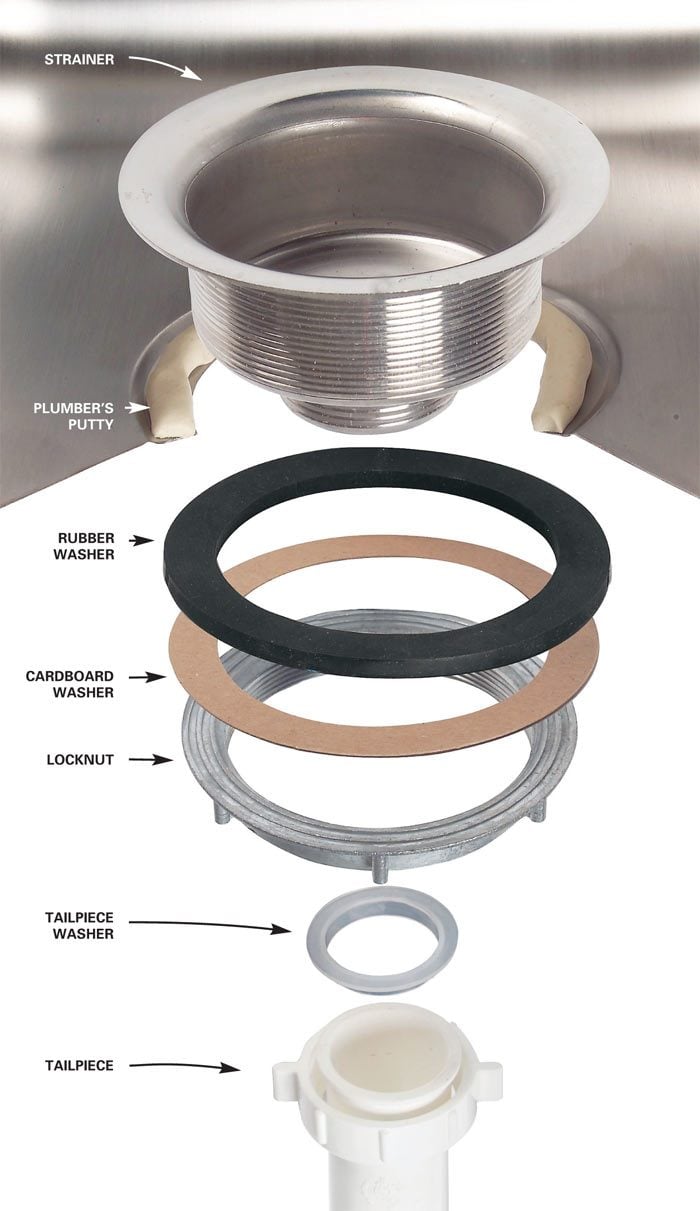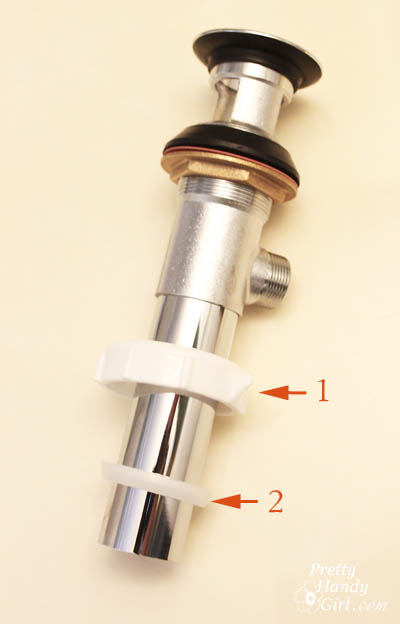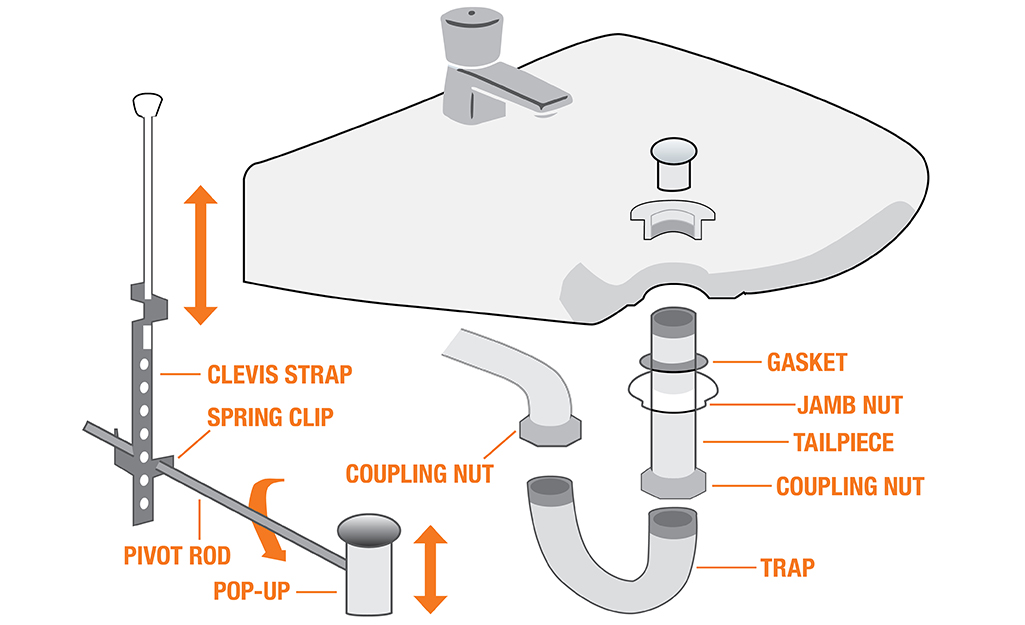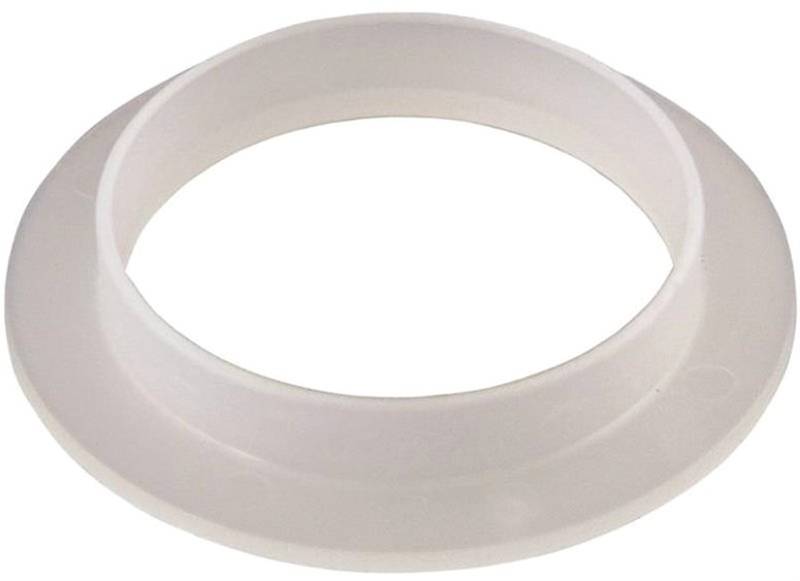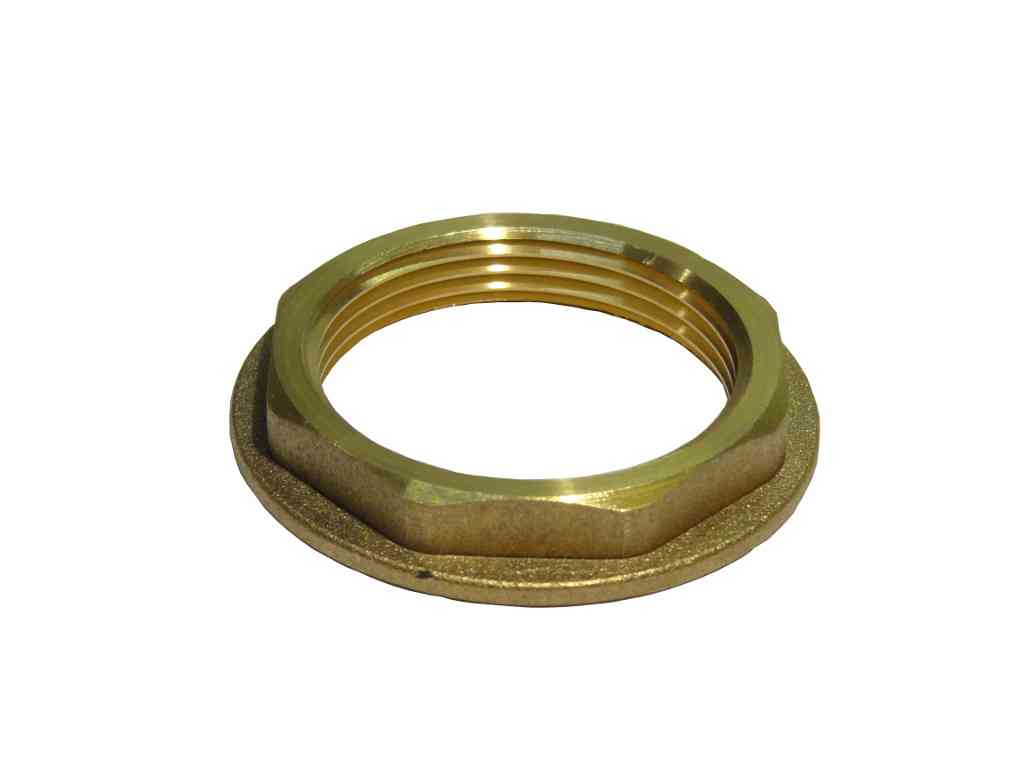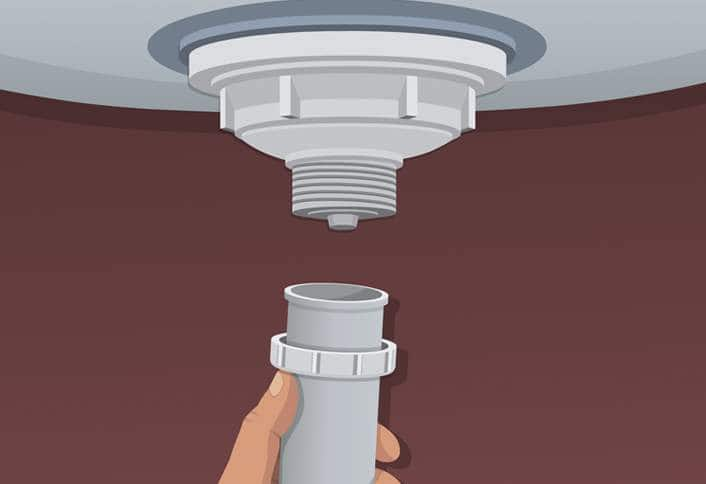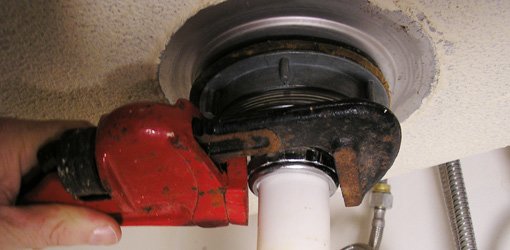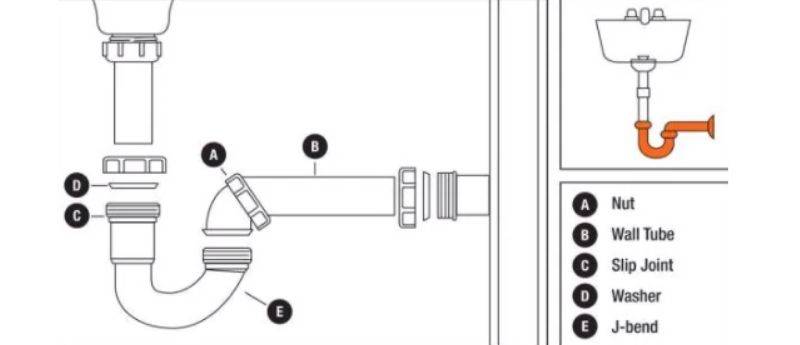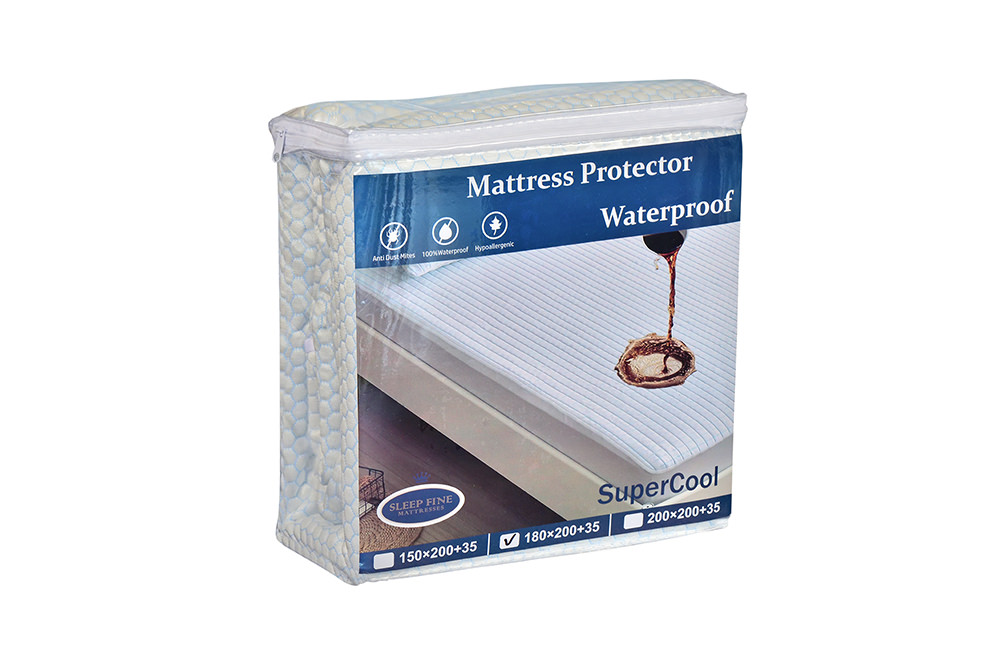The drain basket is an essential part of a kitchen sink drain system. It is the first line of defense in preventing food scraps, debris, and other solid materials from clogging the drain pipes. The basket is typically made of metal or plastic and is designed with small holes to allow water to pass through while catching larger objects. Kitchen sink drain systems come in different sizes, so it's important to make sure that the drain basket you choose fits your sink's dimensions. Some drain baskets also come with a handle or a hook for easy removal and cleaning.Drain Basket
The drain strainer is similar to the drain basket in function, but it is typically smaller and made of finer mesh material. Its purpose is to catch smaller particles such as coffee grounds, rice, and other food scraps that may pass through the drain basket. Drain strainers are usually made of metal, plastic, or silicone and come in various shapes and sizes to fit different sinks. Having a drain strainer in your kitchen sink is especially useful if you have a garbage disposal unit, as it can help prevent larger food particles from damaging the unit.Drain Strainer
A drain stopper is a handy mechanism that opens and closes the drain to allow or prevent water from flowing through. It is usually located in the center of the sink and can be operated by pulling or pushing a lever or turning a knob. Drain stoppers come in different types, such as pop-up stoppers, twist-and-close stoppers, and push-and-lock stoppers. Having a functioning drain stopper is crucial for filling up your sink with water for washing dishes, and it also helps prevent odors from coming up through the drain.Drain Stopper
The drain flange is the visible part of the drain system that sits on top of the sink. It is a ring-shaped component that connects the sink to the drain pipe below. The flange is usually made of metal and is designed to be water-tight to prevent leaks. Drain flanges also come in different finishes and styles to match your sink and kitchen decor. It's important to regularly check the condition of your drain flange and replace it if it shows signs of wear and tear or corrosion.Drain Flange
The drain pipe is a crucial part of the kitchen sink drain system that carries the wastewater from the sink to the main sewage or septic line. It is usually made of PVC or metal and is connected to the drain flange and P-trap below the sink. Drain pipes should be properly installed and free from cracks or clogs to ensure efficient drainage. If you experience slow drainage or foul odors coming from your sink, it may be a sign that your drain pipe needs to be cleaned or replaced.Drain Pipe
The P-trap is a curved pipe that connects the drain pipe to the sewage or septic line. It is shaped like the letter "P," hence the name. Its main purpose is to prevent sewer gases from entering your home and to trap debris and grease that may cause clogs. P-traps are typically made of PVC and are relatively easy to install and clean. It's essential to regularly check and clean your P-trap to prevent clogs and keep your kitchen sink drain functioning properly.P-Trap
The tailpiece is a straight pipe that connects the sink drain to the P-trap. It is usually made of metal or PVC and is designed to fit snuggly between the drain basket and the P-trap. Tailpieces come in different lengths to accommodate different sink heights and drain configurations. When installing a new kitchen sink or replacing the drain system, it's crucial to choose the correct length and type of tailpiece to ensure a proper fit and prevent leaks.Tailpiece
A drain tailpiece extension is a useful component that allows you to adjust the height of the tailpiece to fit your sink and drain system. It is typically used when the sink and drain are not aligned correctly, or when the sink is deeper than standard. Drain tailpiece extensions are usually made of PVC and can be easily cut to the desired length. Having a drain tailpiece extension on hand can come in handy when installing a new sink or making adjustments to your drain system.Drain Tailpiece Extension
The drain tailpiece gasket is a small but crucial component that creates a watertight seal between the tailpiece and the sink's drain hole. It is usually made of rubber or silicone and is placed between the tailpiece and the sink's flange. Drain tailpiece gaskets come in different sizes to fit different sink and drain configurations. It's important to choose a high-quality gasket and regularly check and replace it if it shows signs of wear and tear to prevent leaks and water damage.Drain Tailpiece Gasket
The drain tailpiece nut is a threaded fastener that secures the tailpiece to the sink's drain hole. It is usually made of metal and is tightened using a wrench or pliers. Drain tailpiece nuts may come with washers or gaskets to create a tight seal and prevent leaks. When installing a new sink or replacing the drain system, it's crucial to properly tighten the drain tailpiece nut to prevent water from leaking out of the sink.Drain Tailpiece Nut
The Importance of a Properly Functioning Kitchen Sink Drain

Why the Kitchen Sink Drain is an Essential Part of Your Kitchen
 The kitchen sink is the centerpiece of any kitchen, used for a variety of tasks such as washing dishes, preparing food, and even filling up a pot for cooking. But what many homeowners may not realize is that the
kitchen sink drain
is just as important as the sink itself. Without a properly functioning drain, your kitchen can quickly become a messy and unhygienic space. Let's take a closer look at why the kitchen sink drain is an essential part of your kitchen design.
The kitchen sink is the centerpiece of any kitchen, used for a variety of tasks such as washing dishes, preparing food, and even filling up a pot for cooking. But what many homeowners may not realize is that the
kitchen sink drain
is just as important as the sink itself. Without a properly functioning drain, your kitchen can quickly become a messy and unhygienic space. Let's take a closer look at why the kitchen sink drain is an essential part of your kitchen design.
Prevents Clogs and Blockages
 The main function of a kitchen sink drain is to remove wastewater from the sink and safely dispose of it. However, with daily use, it's common for food scraps, grease, and debris to find their way into the drain and cause
clogs and blockages
. This can not only cause inconvenience, but it can also lead to unpleasant odors and even damage to your sink and plumbing system. That's why it's crucial to have a well-designed and properly functioning kitchen sink drain to prevent these issues.
The main function of a kitchen sink drain is to remove wastewater from the sink and safely dispose of it. However, with daily use, it's common for food scraps, grease, and debris to find their way into the drain and cause
clogs and blockages
. This can not only cause inconvenience, but it can also lead to unpleasant odors and even damage to your sink and plumbing system. That's why it's crucial to have a well-designed and properly functioning kitchen sink drain to prevent these issues.
Keeps Your Kitchen Clean and Hygienic
 A properly functioning kitchen sink drain also plays a significant role in keeping your kitchen clean and hygienic. When your drain is clogged or backed up, it can lead to standing water, which is a breeding ground for bacteria and germs. This can not only contaminate your dishes and utensils but also pose a health risk to you and your family. With a well-designed drain, the wastewater is quickly and efficiently removed, leaving your kitchen cleaner and more hygienic.
A properly functioning kitchen sink drain also plays a significant role in keeping your kitchen clean and hygienic. When your drain is clogged or backed up, it can lead to standing water, which is a breeding ground for bacteria and germs. This can not only contaminate your dishes and utensils but also pose a health risk to you and your family. With a well-designed drain, the wastewater is quickly and efficiently removed, leaving your kitchen cleaner and more hygienic.
Allows for Efficient Water Usage
:max_bytes(150000):strip_icc()/how-to-install-a-sink-drain-2718789-hero-24e898006ed94c9593a2a268b57989a3.jpg) In addition to preventing clogs and keeping your kitchen clean, a properly functioning kitchen sink drain also allows for efficient water usage. With a well-designed drain, water can flow freely and quickly down the pipes, reducing the amount of time you need to run the faucet. This not only saves you time but also conserves water, making it an environmentally friendly choice for your kitchen.
In addition to preventing clogs and keeping your kitchen clean, a properly functioning kitchen sink drain also allows for efficient water usage. With a well-designed drain, water can flow freely and quickly down the pipes, reducing the amount of time you need to run the faucet. This not only saves you time but also conserves water, making it an environmentally friendly choice for your kitchen.
Conclusion
 In conclusion, the kitchen sink drain may seem like a small and insignificant part of your kitchen, but it plays a crucial role in maintaining a functional and hygienic space. By investing in a well-designed and properly functioning kitchen sink drain, you can prevent clogs and blockages, keep your kitchen clean and hygienic, and promote efficient water usage. So next time you're designing or renovating your kitchen, don't overlook the importance of a good
kitchen sink drain
.
In conclusion, the kitchen sink drain may seem like a small and insignificant part of your kitchen, but it plays a crucial role in maintaining a functional and hygienic space. By investing in a well-designed and properly functioning kitchen sink drain, you can prevent clogs and blockages, keep your kitchen clean and hygienic, and promote efficient water usage. So next time you're designing or renovating your kitchen, don't overlook the importance of a good
kitchen sink drain
.
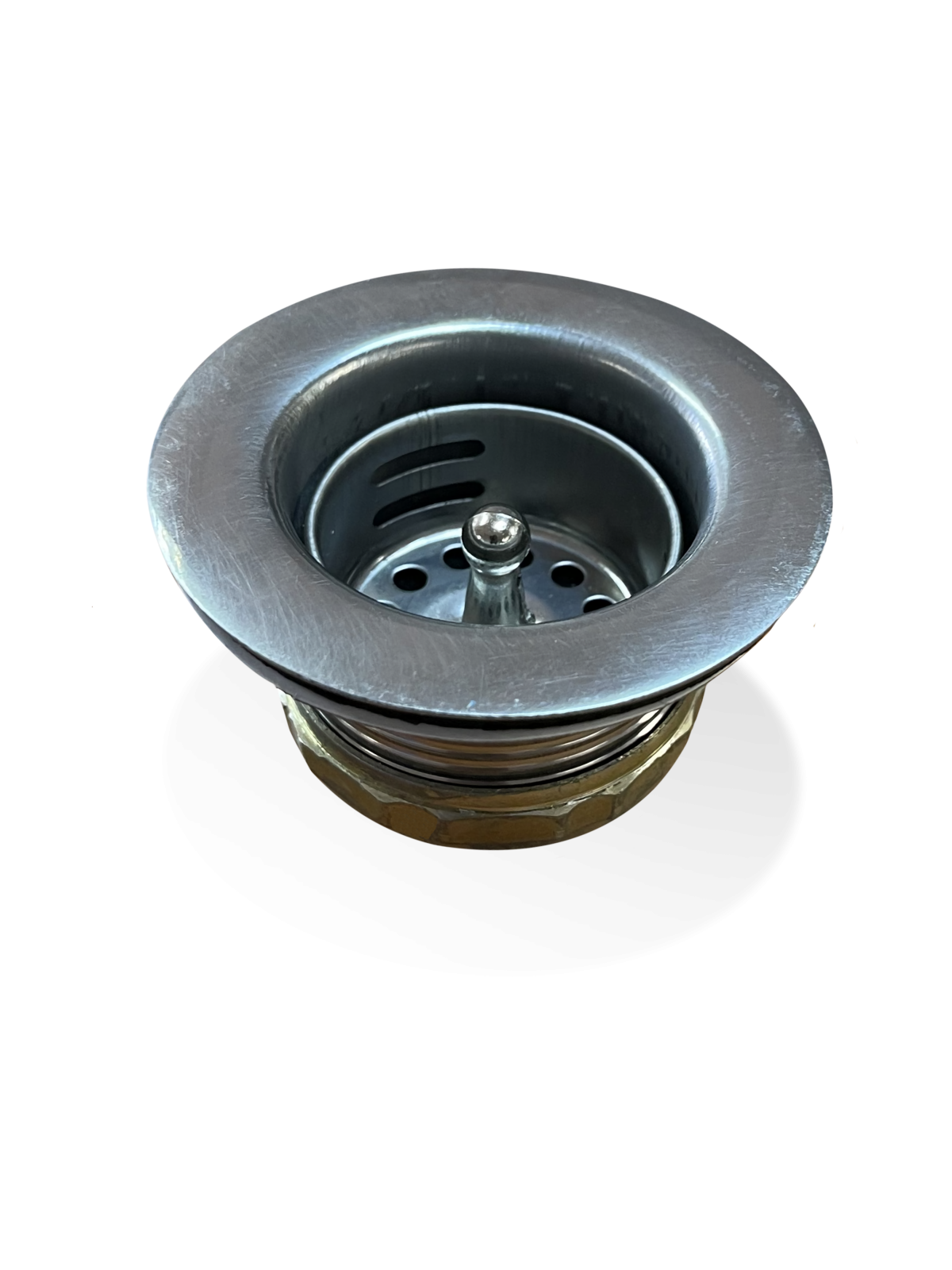
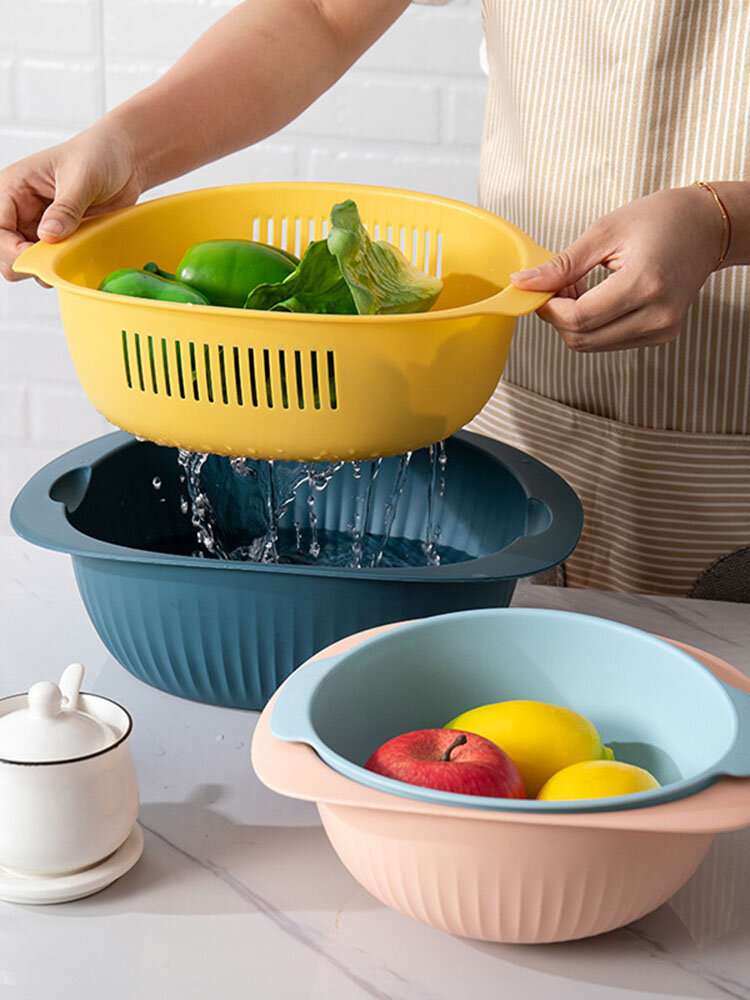



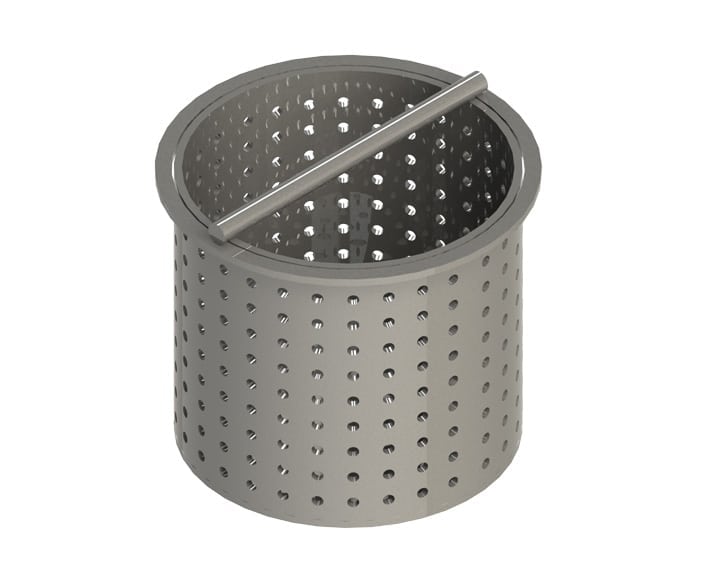

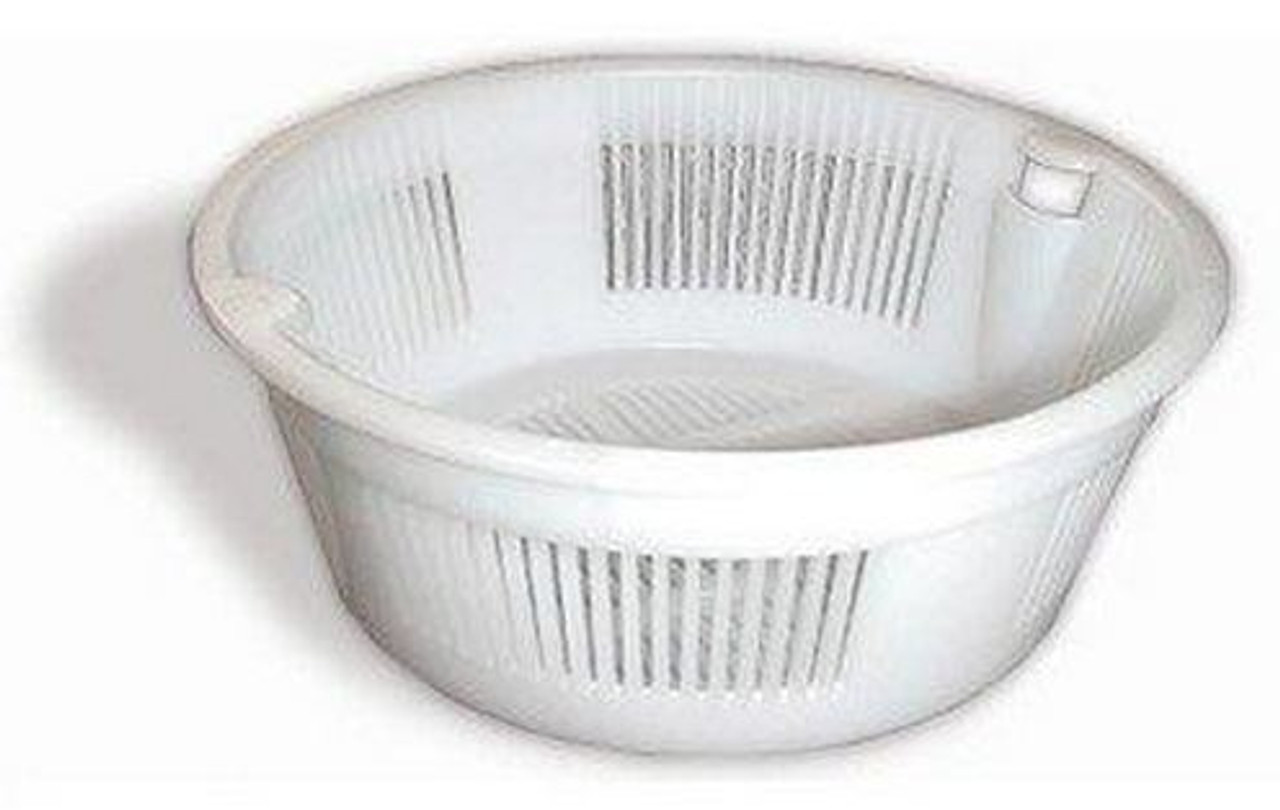

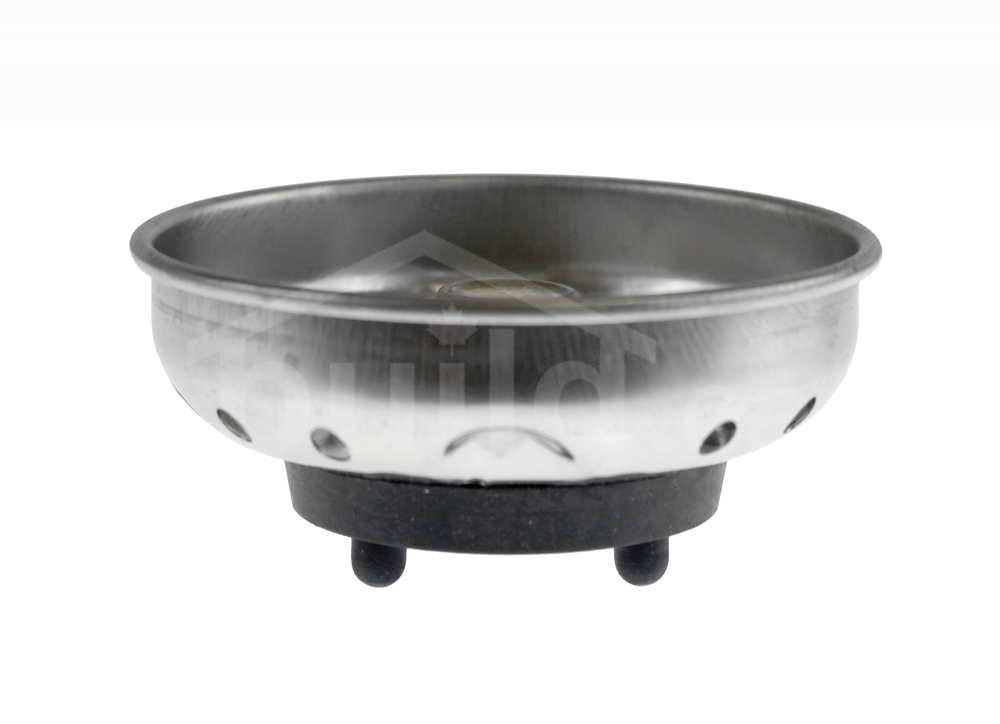

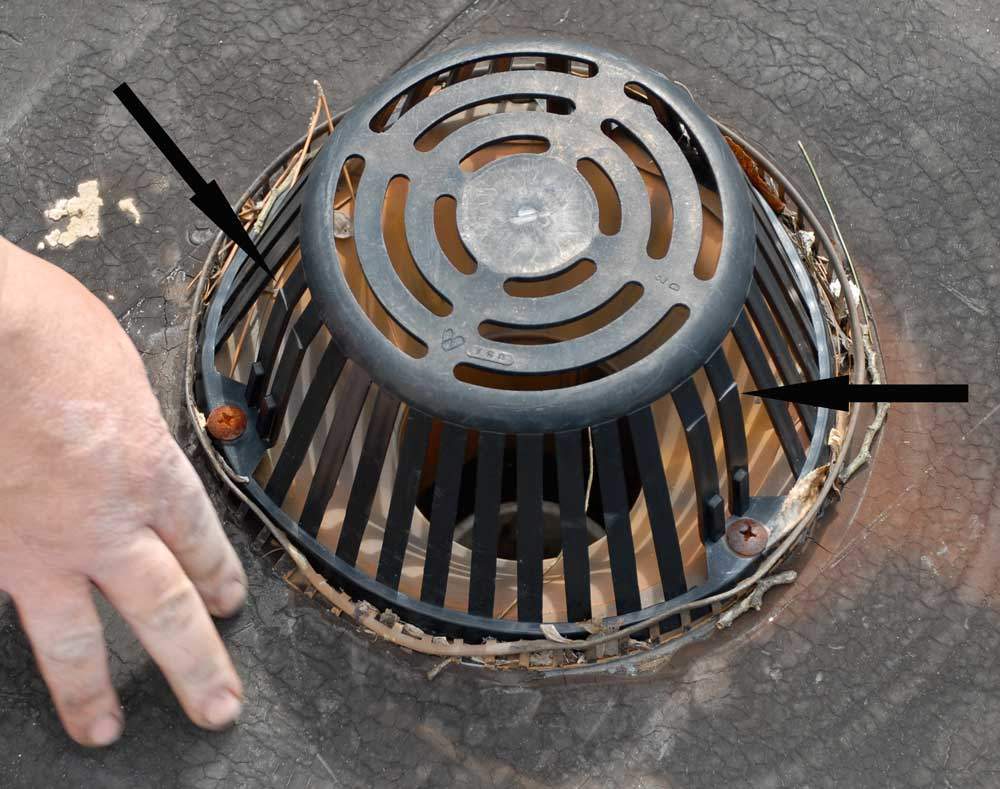

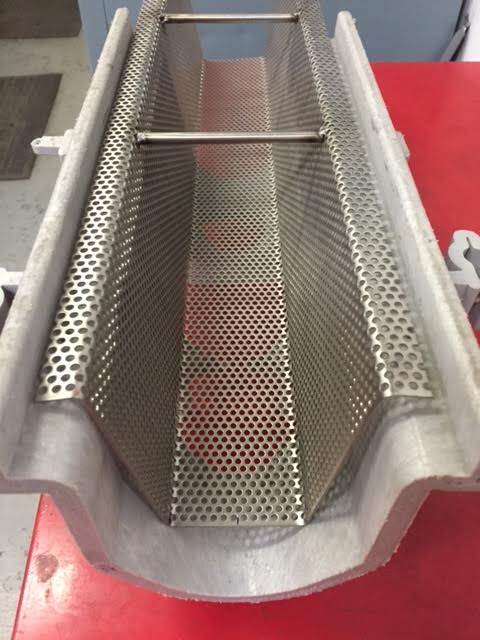
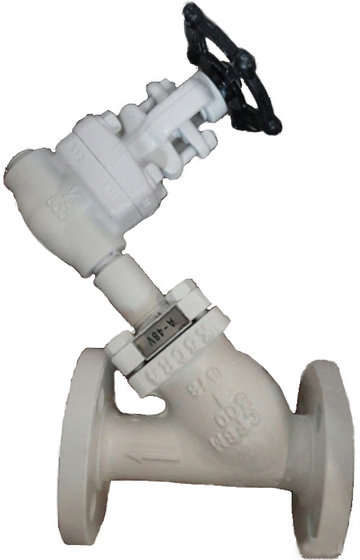
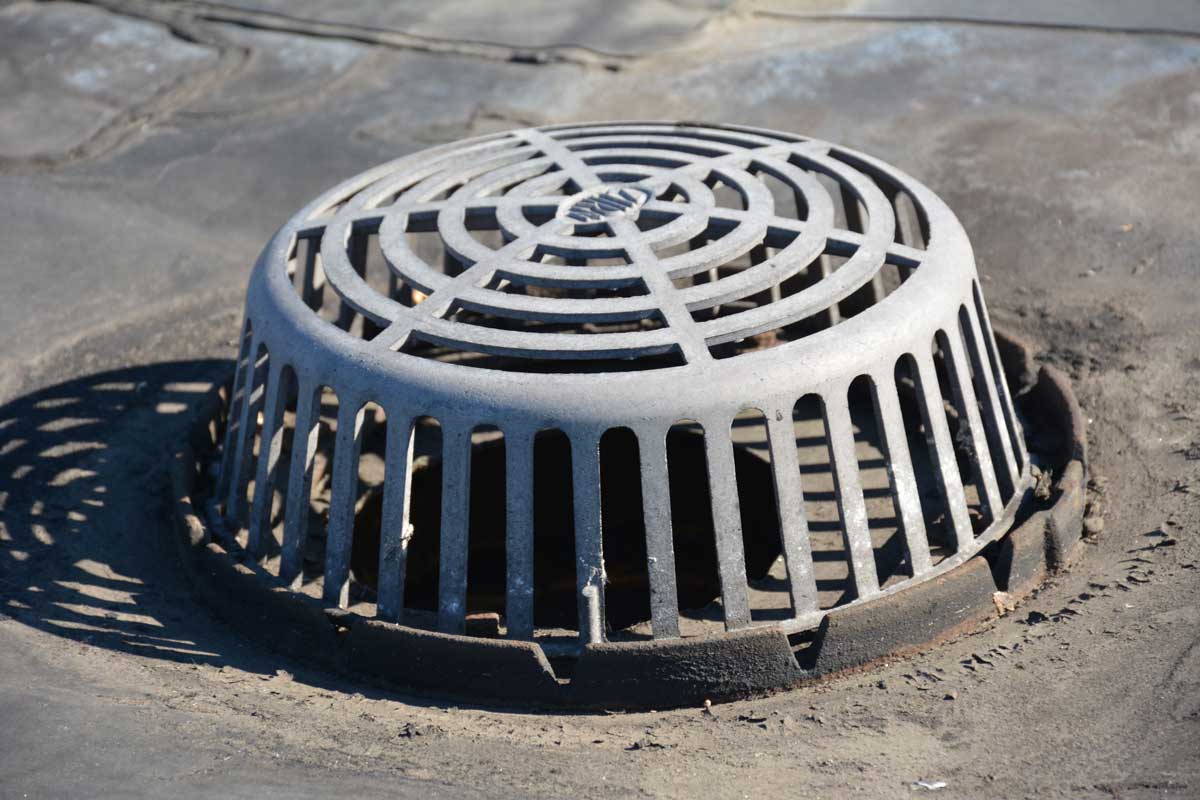


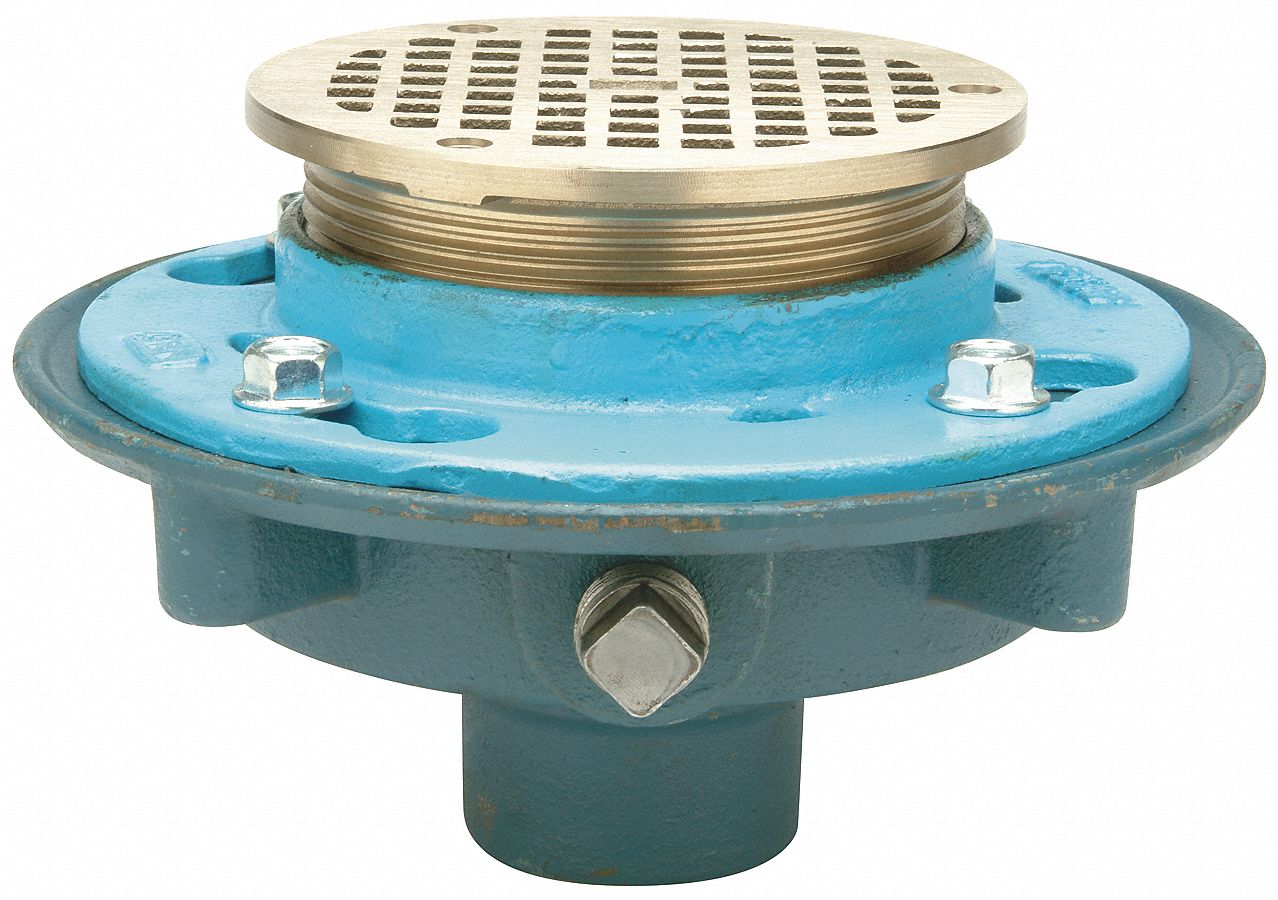

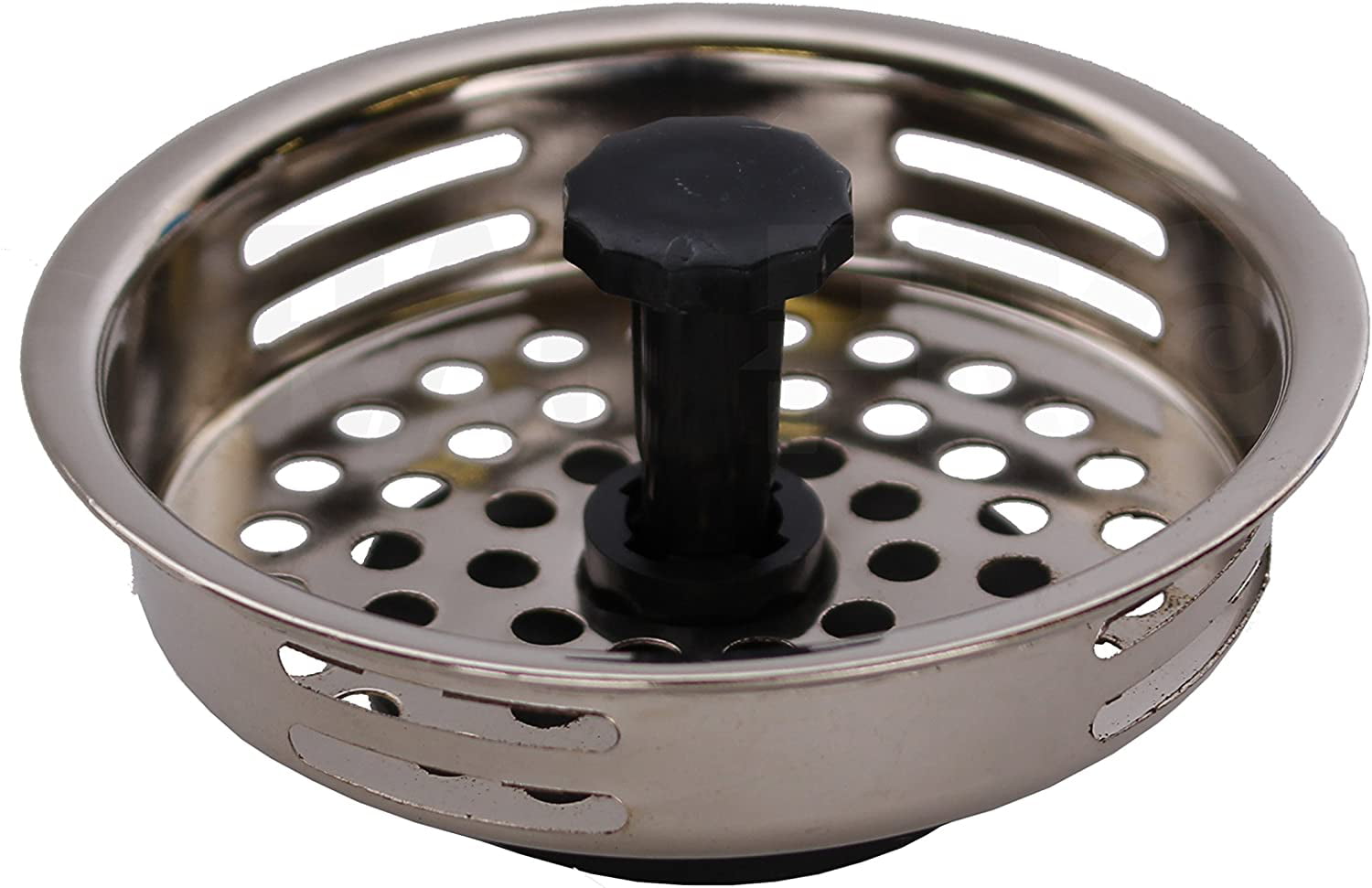



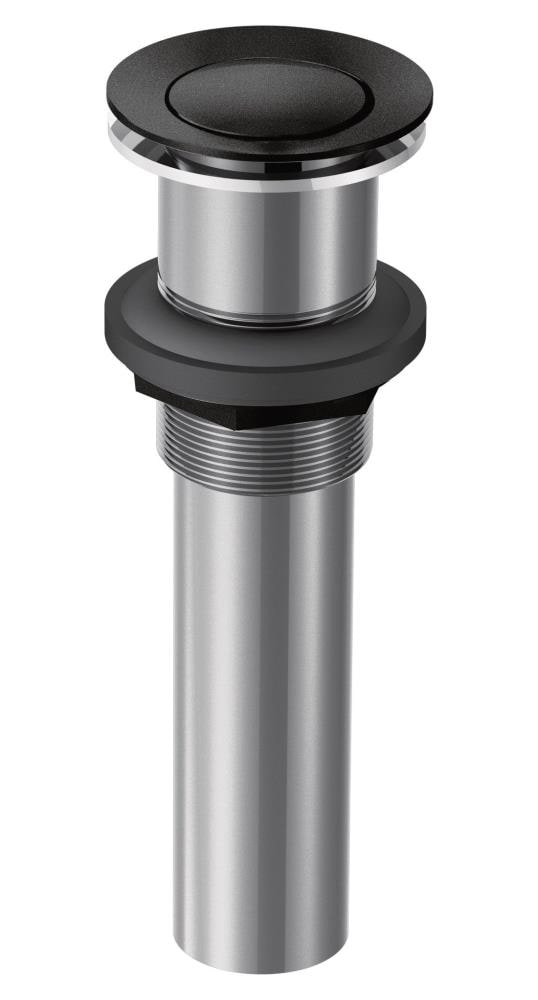

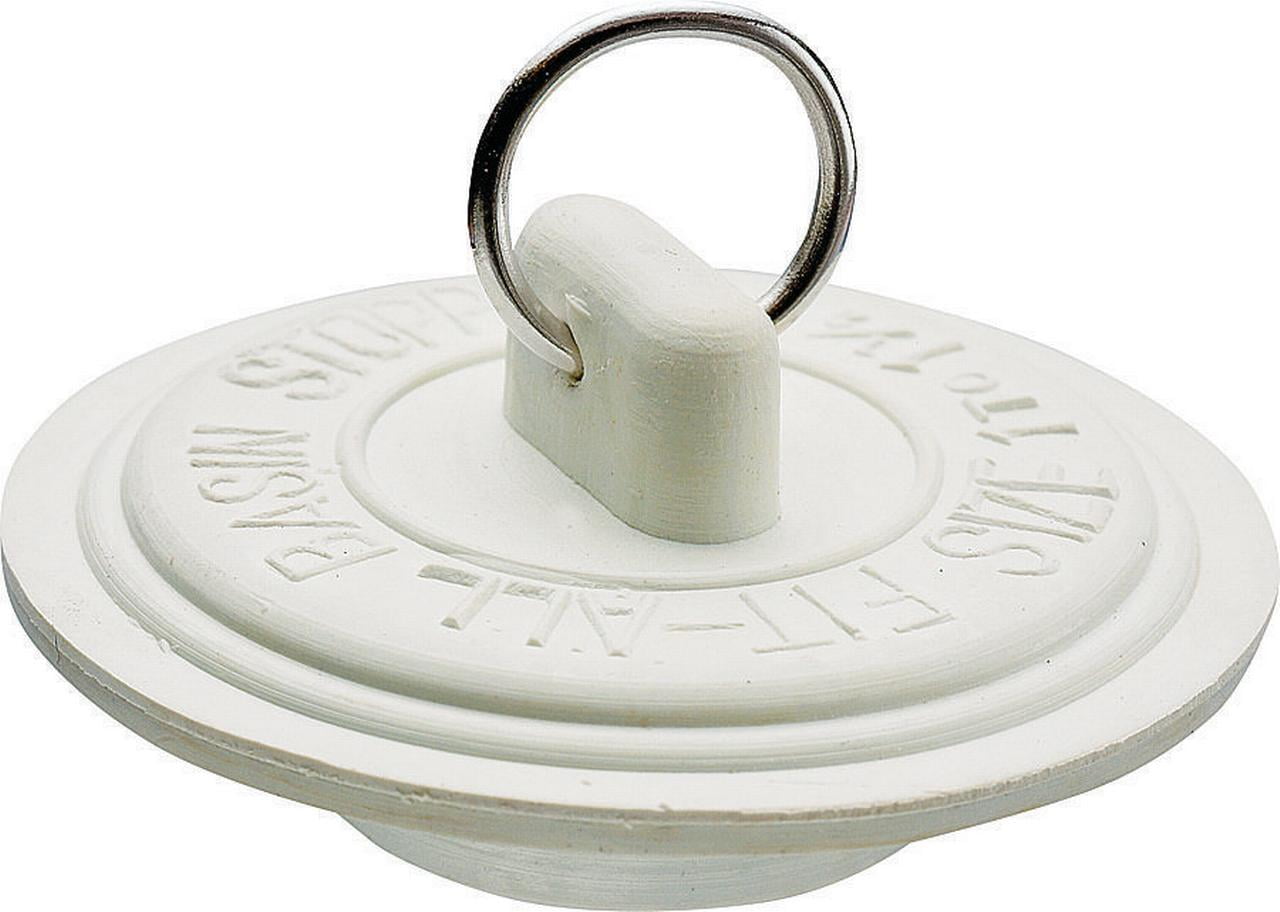
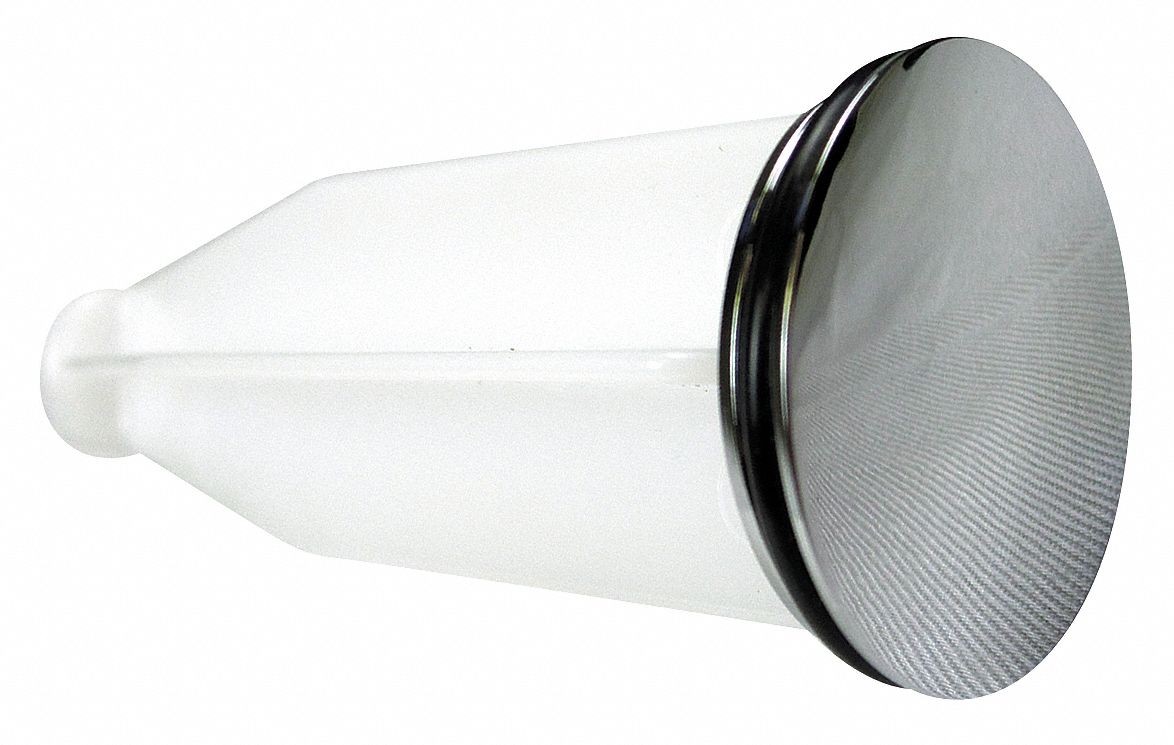
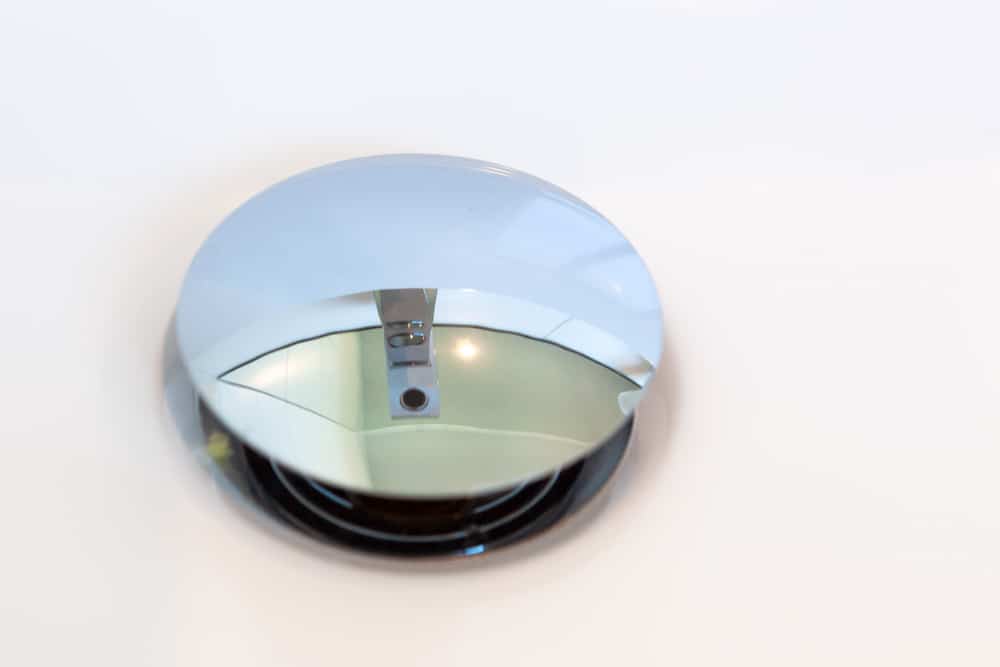
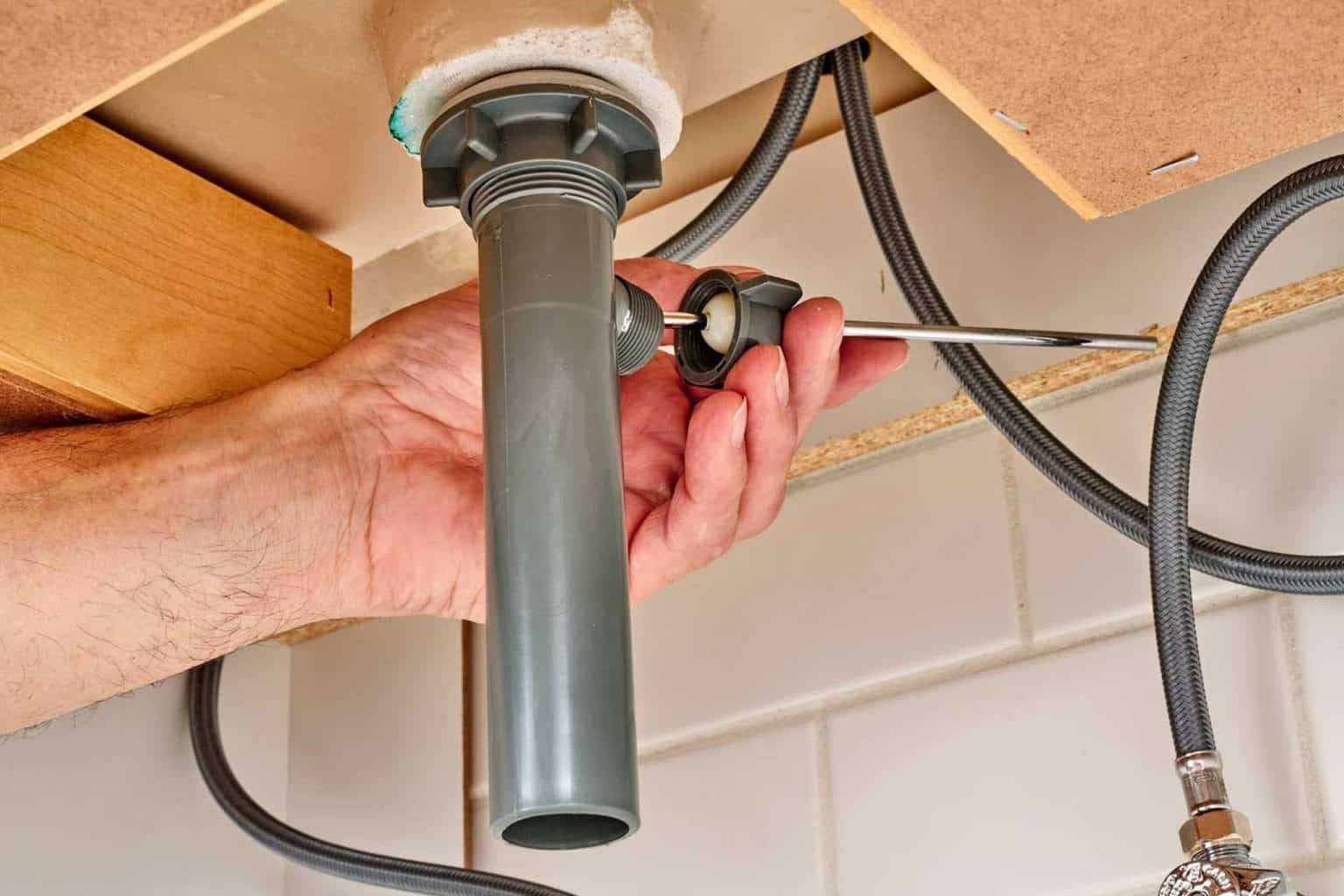
:max_bytes(150000):strip_icc()/bathtub-drain-stopper-types-2718995-05-88e27f154e784817a5736ffa372ff5a3.jpg)
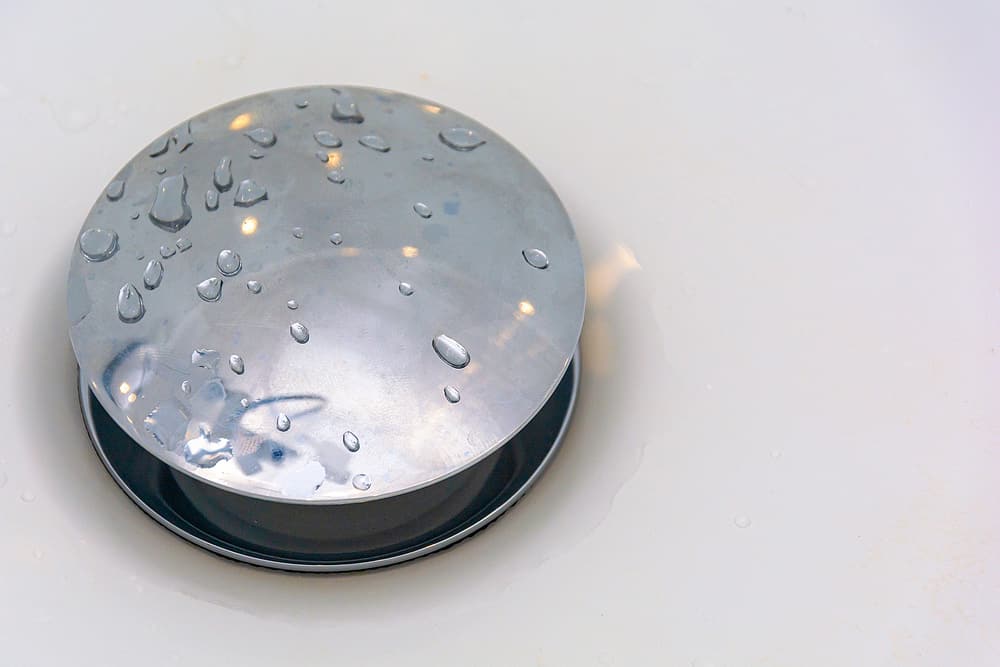
/tubdrainplunger-59ab828d396e5a0010620253.jpg)

